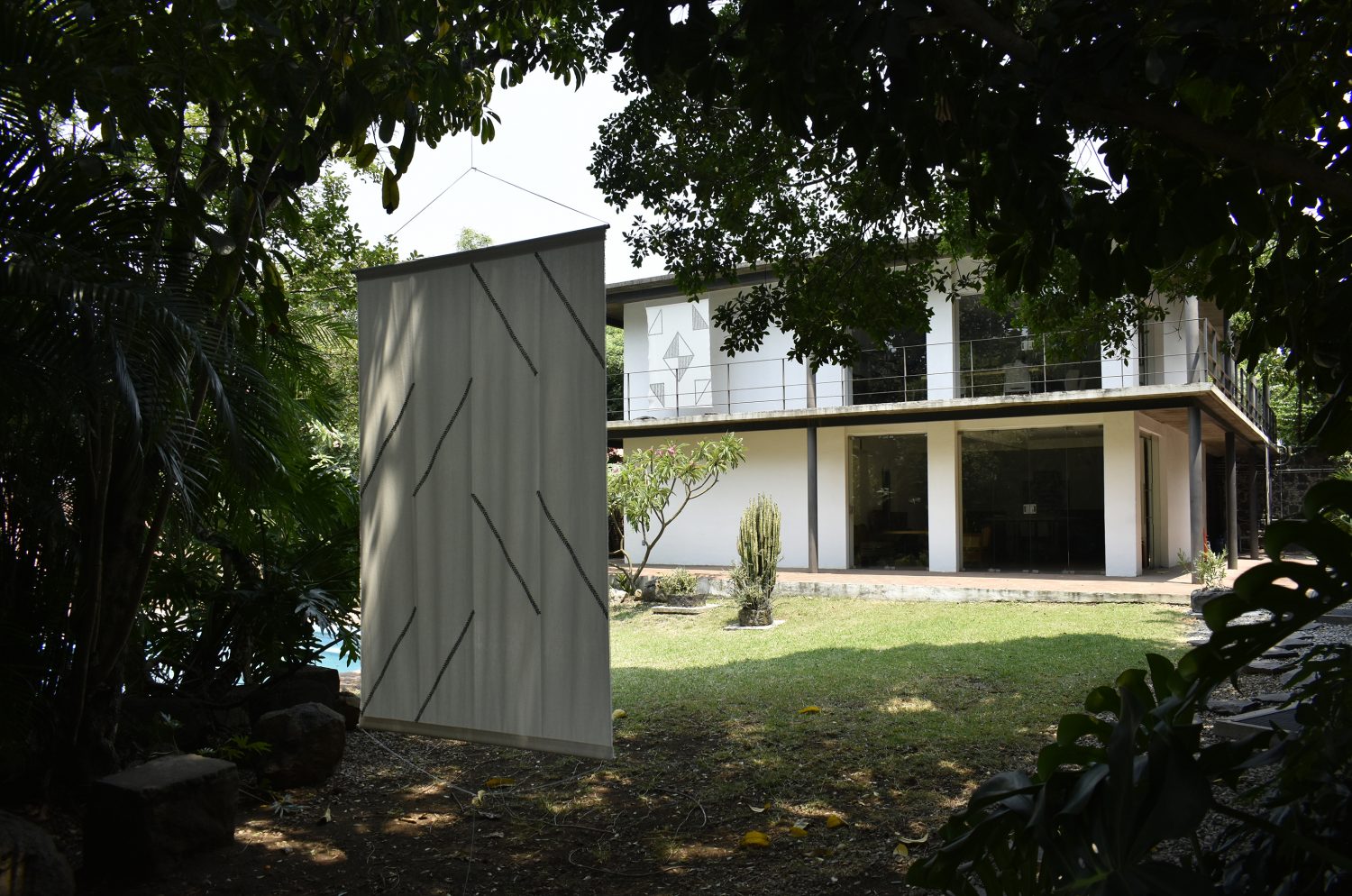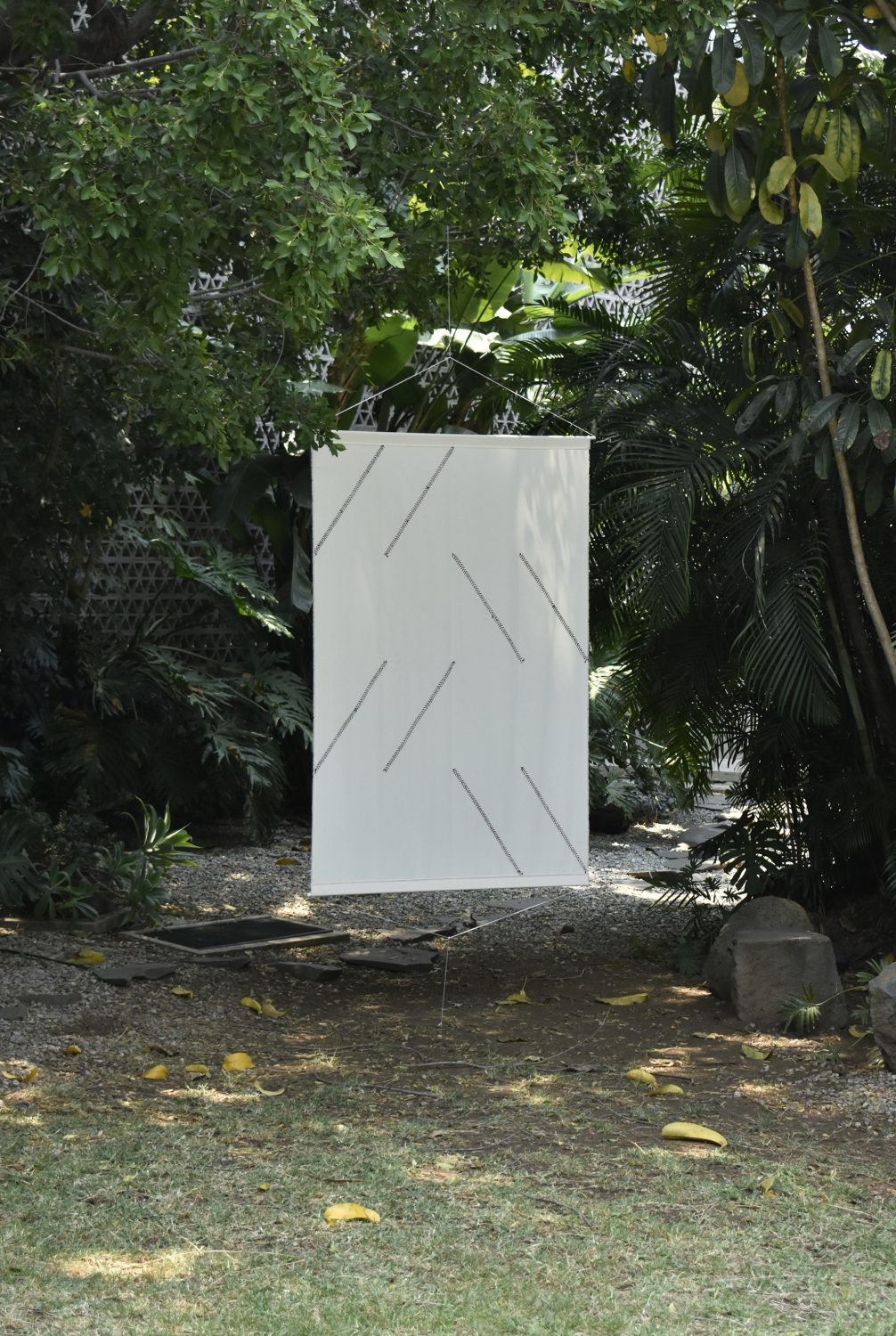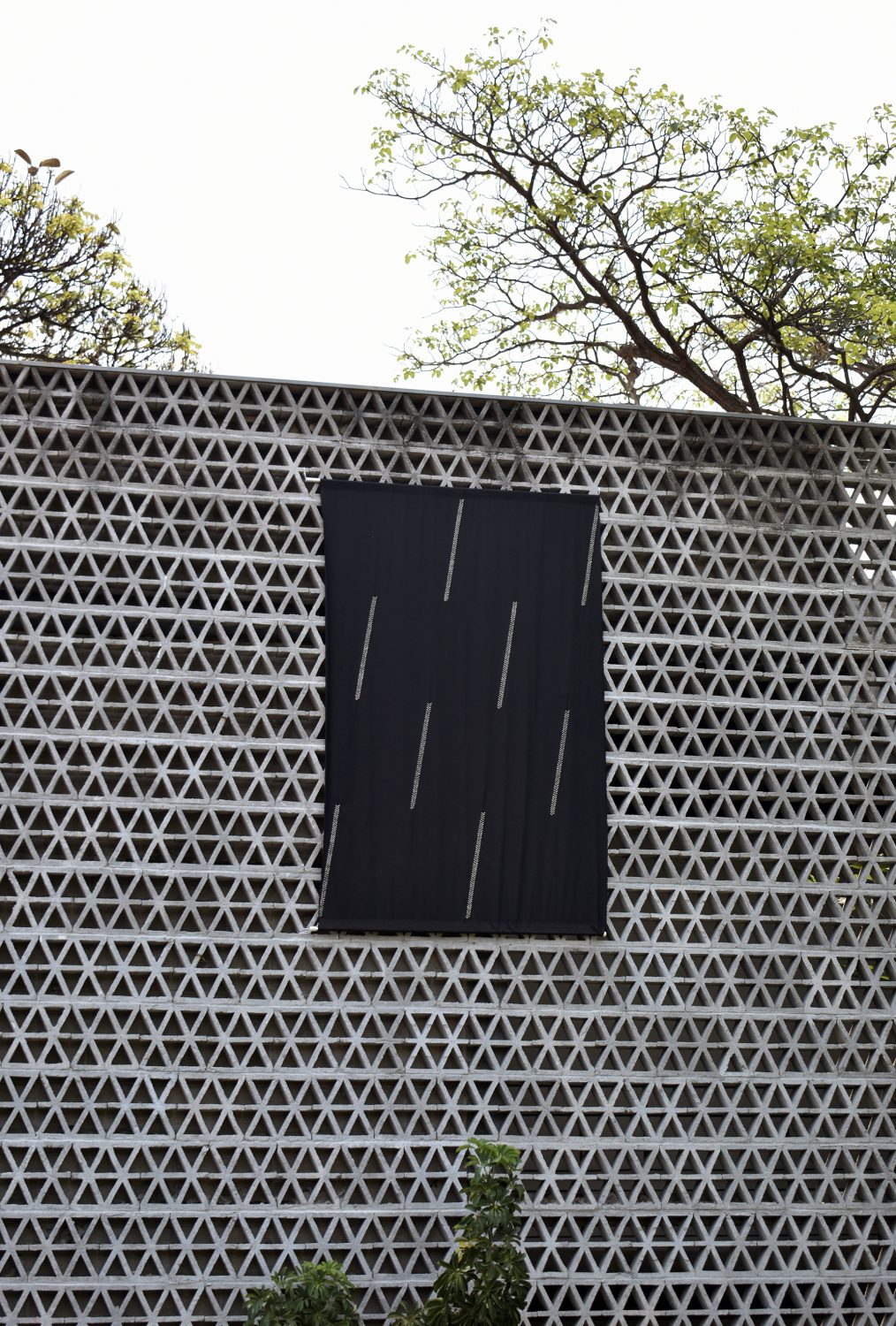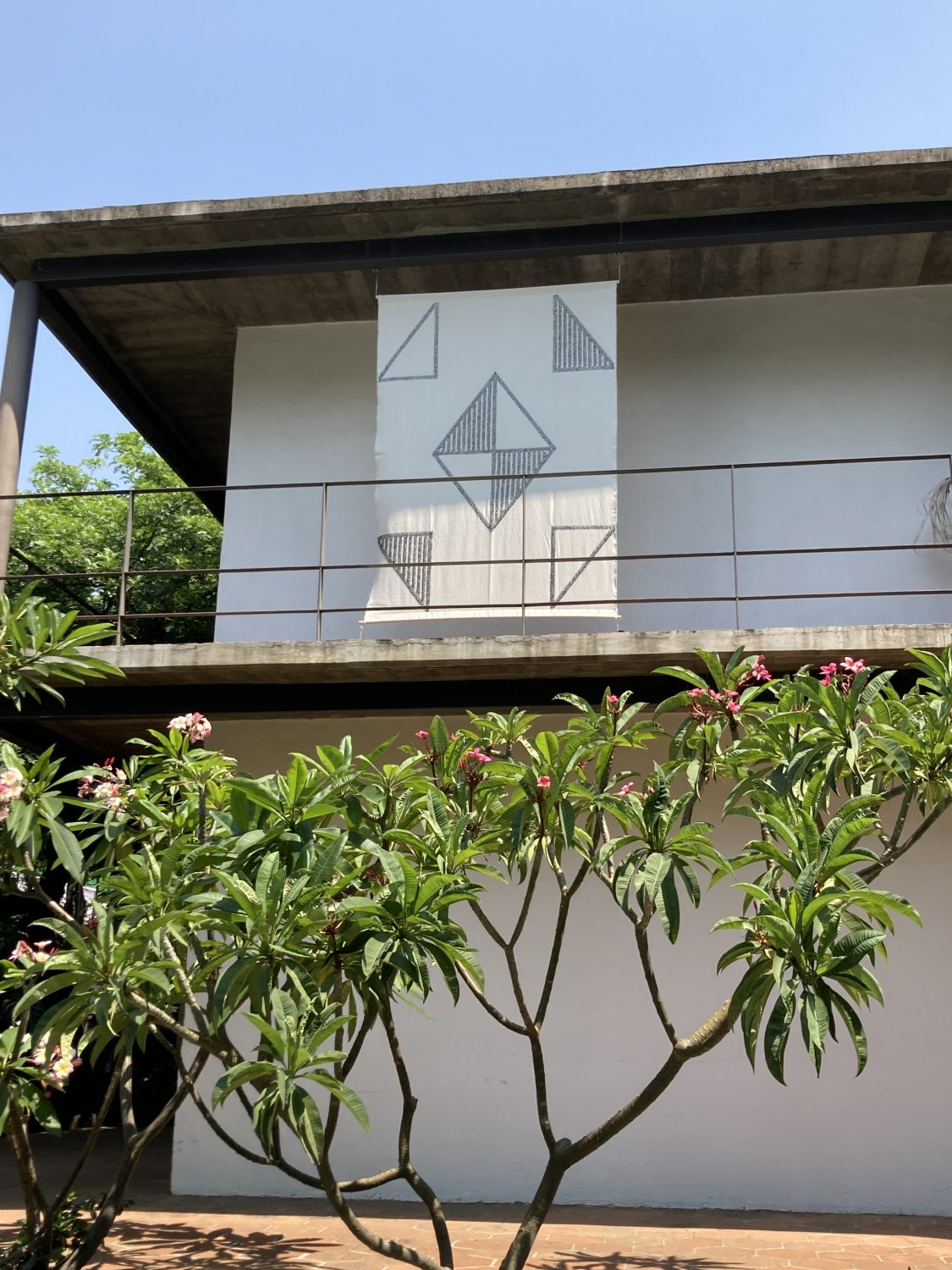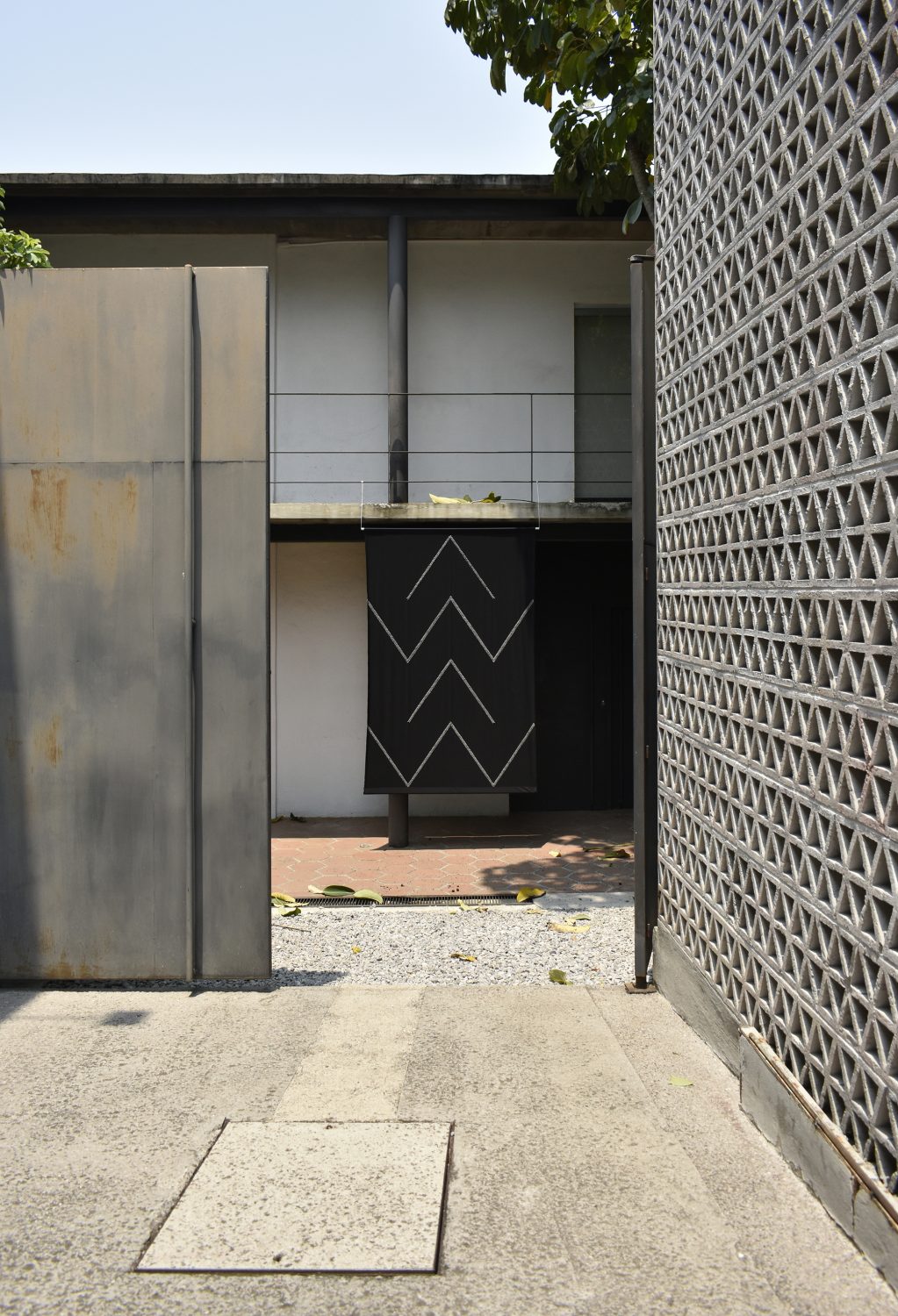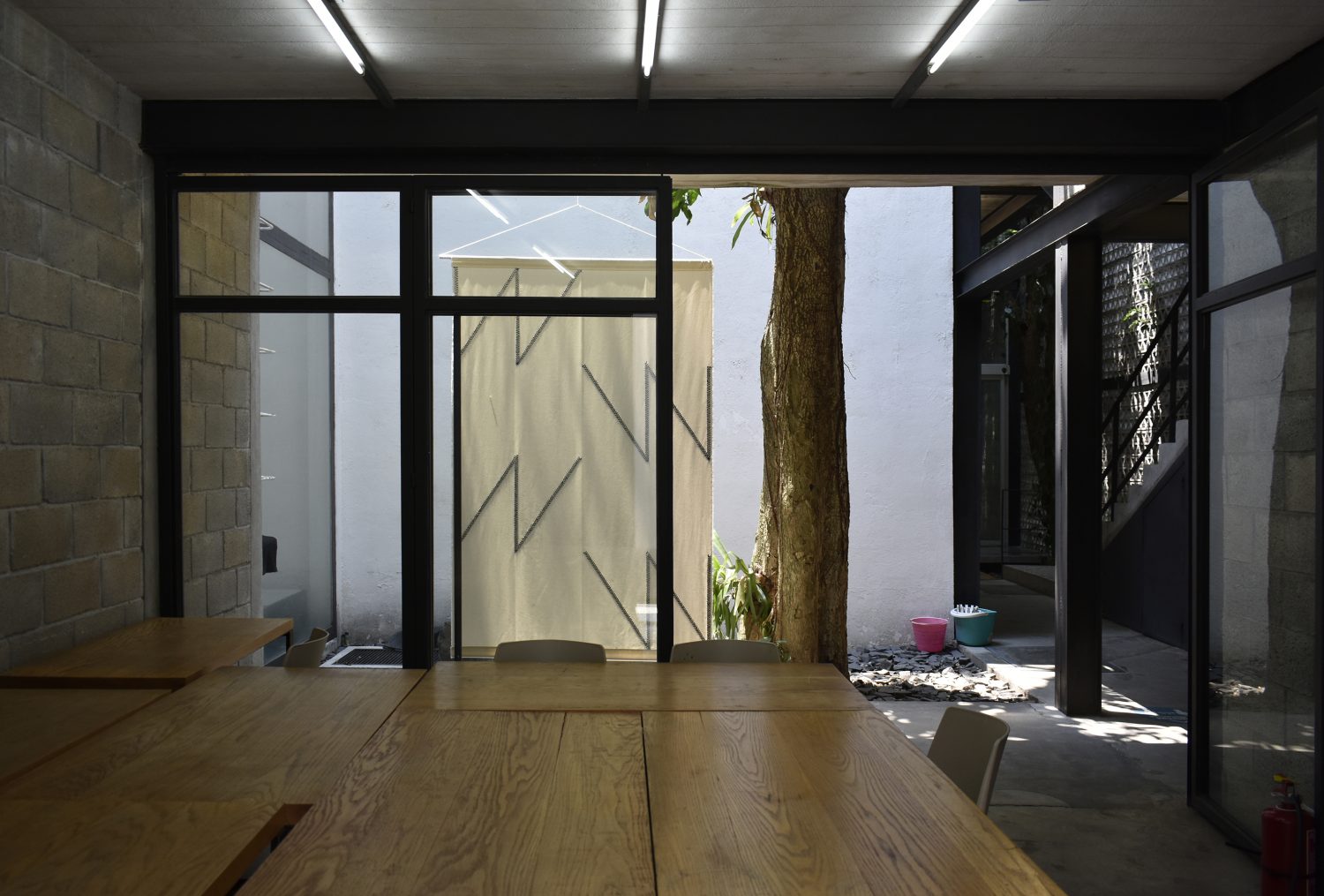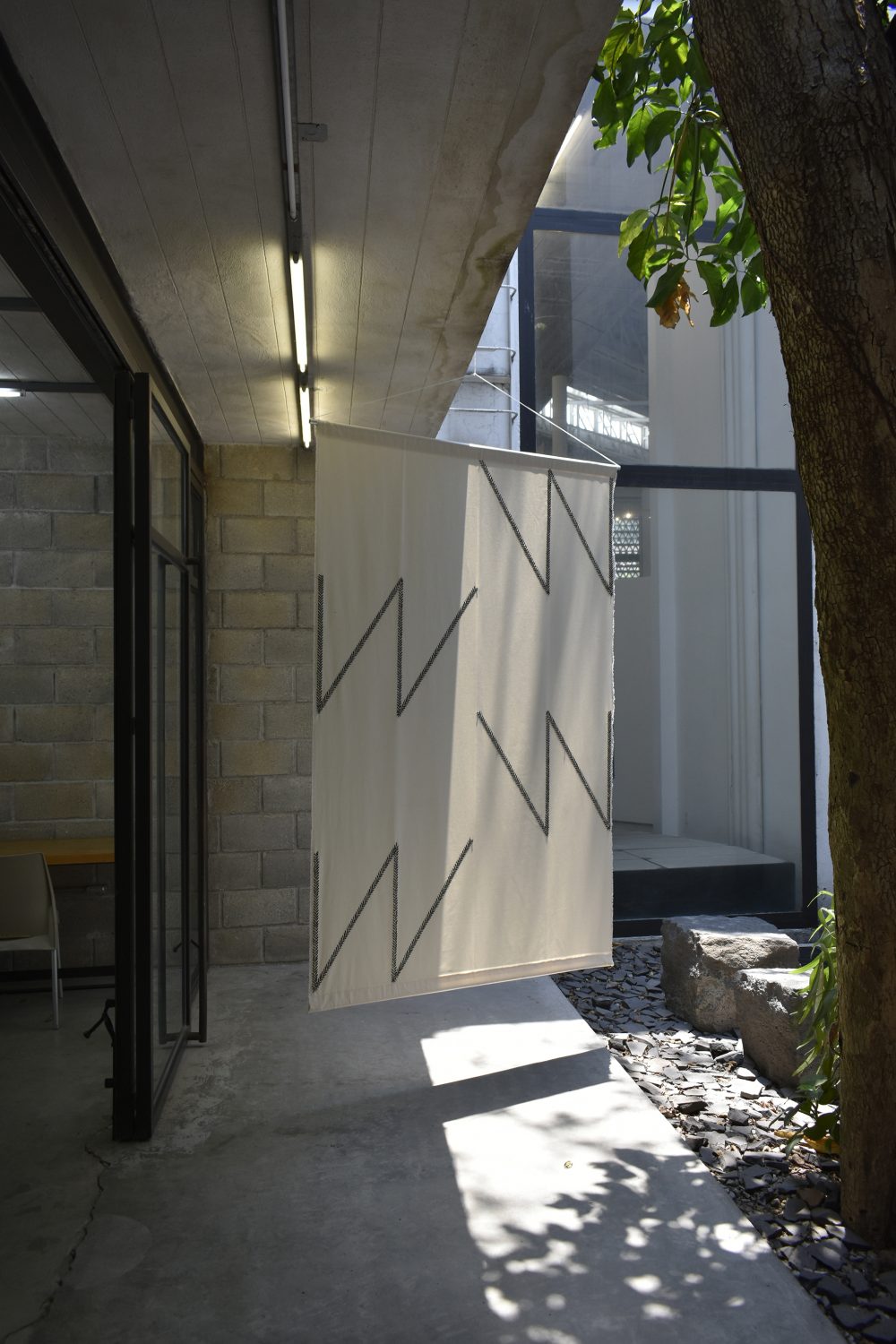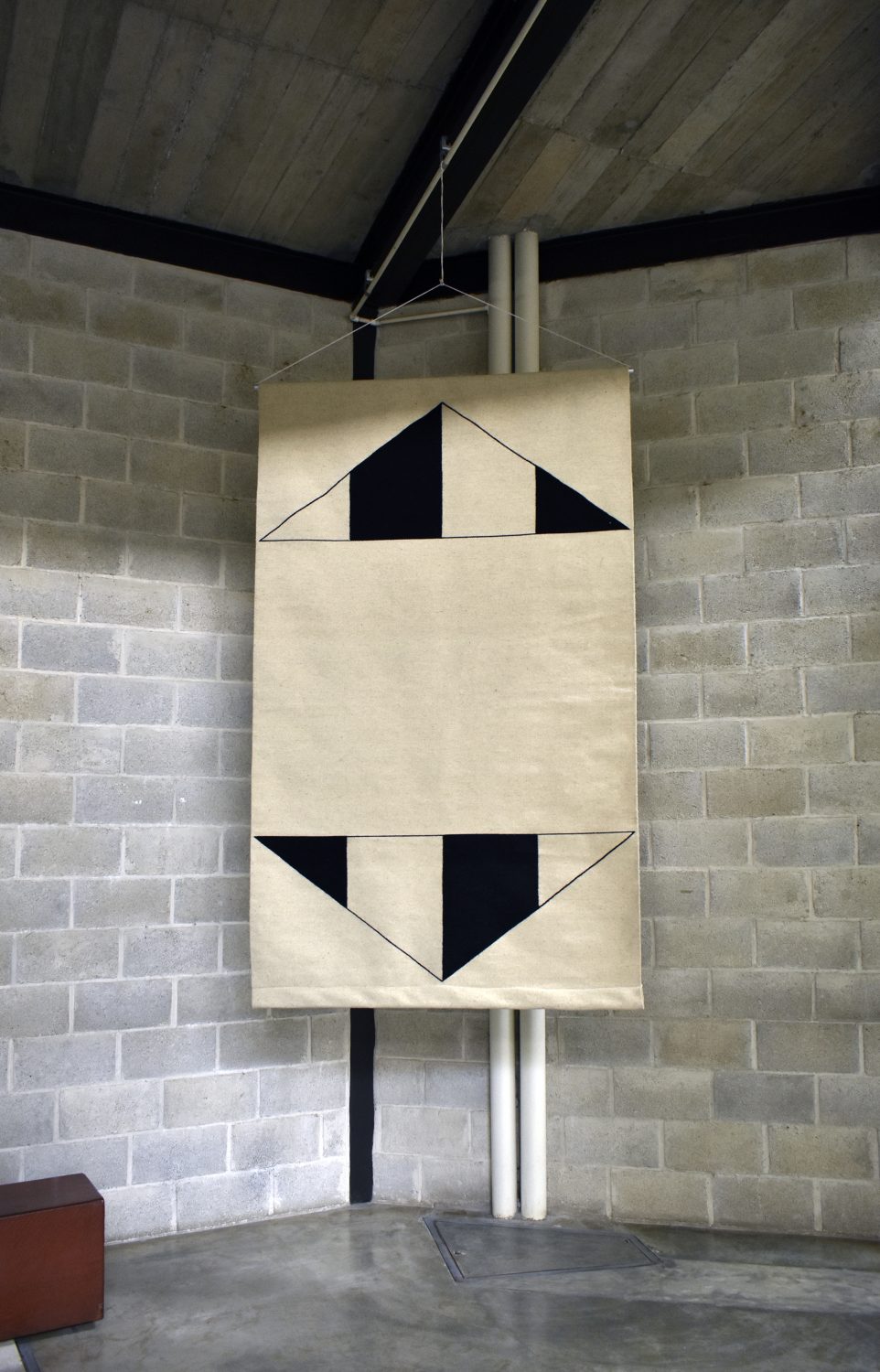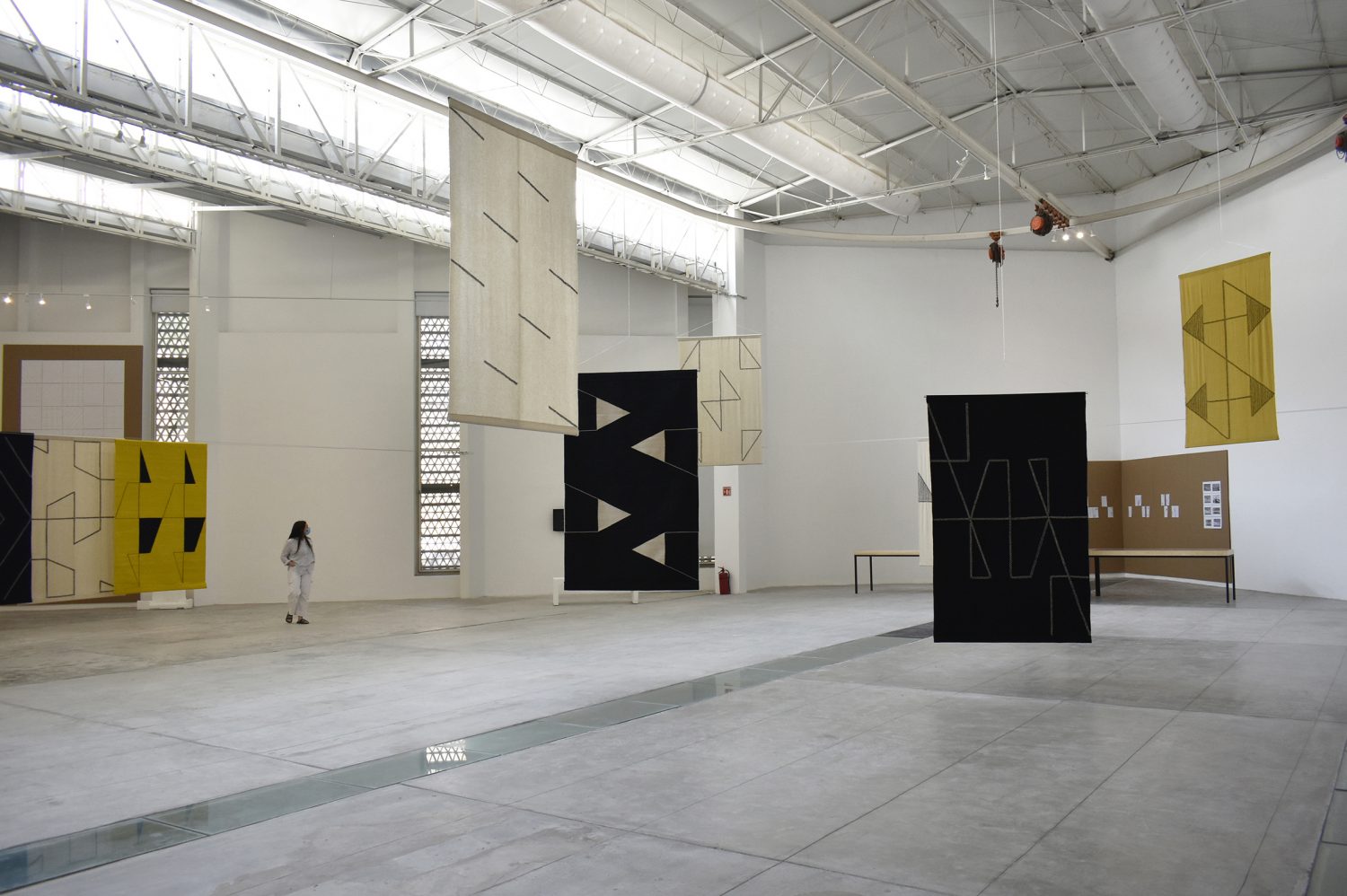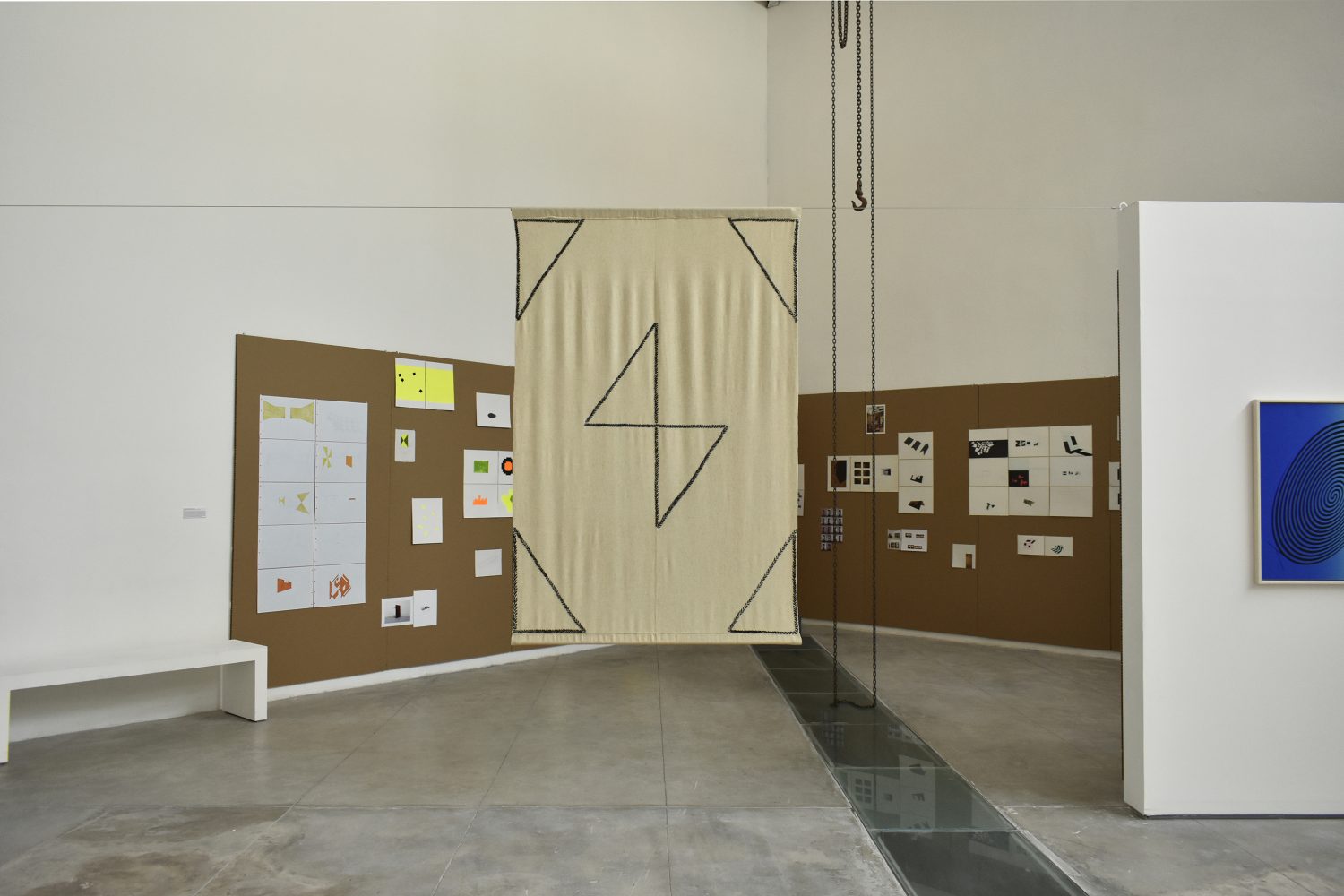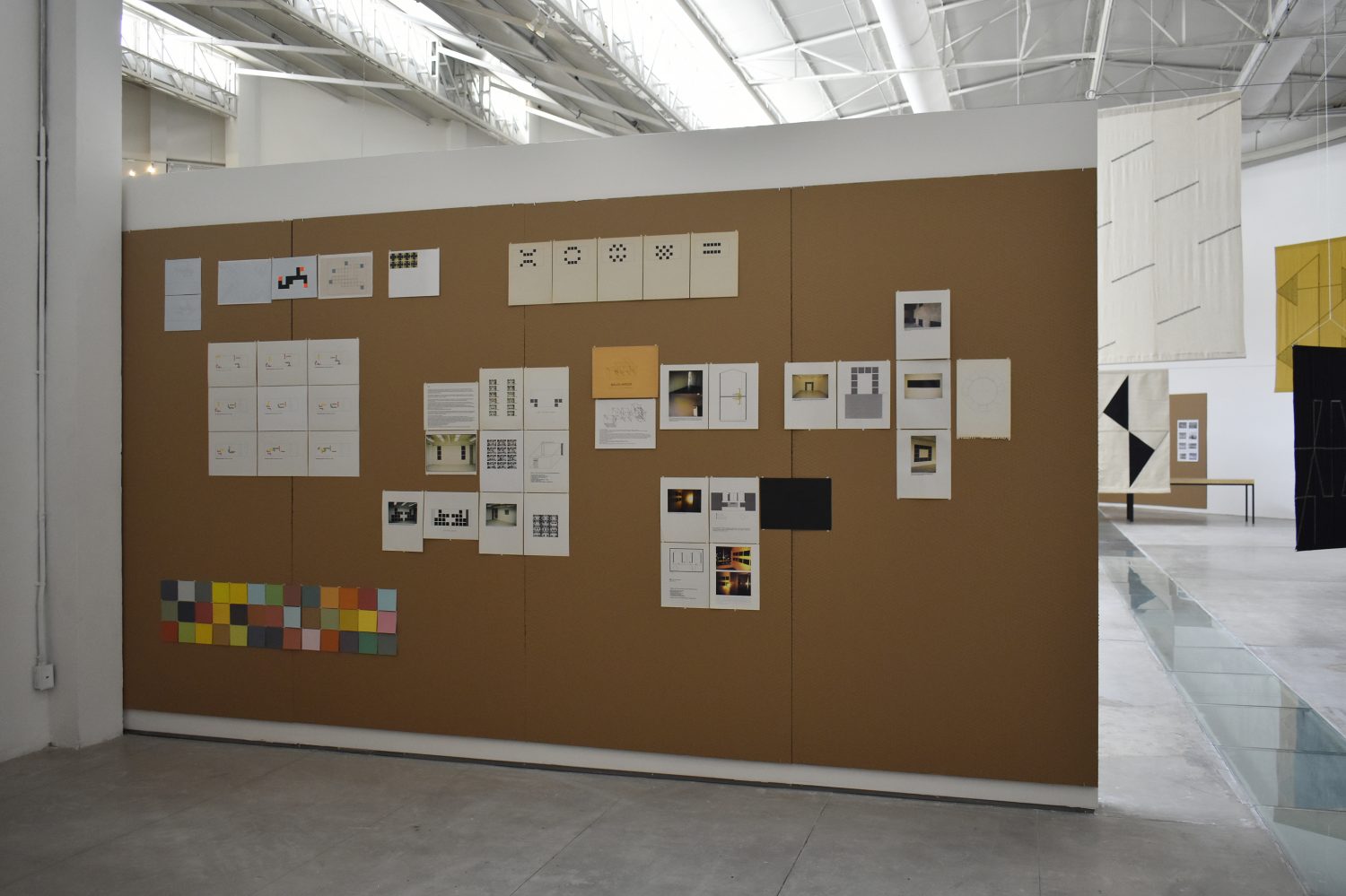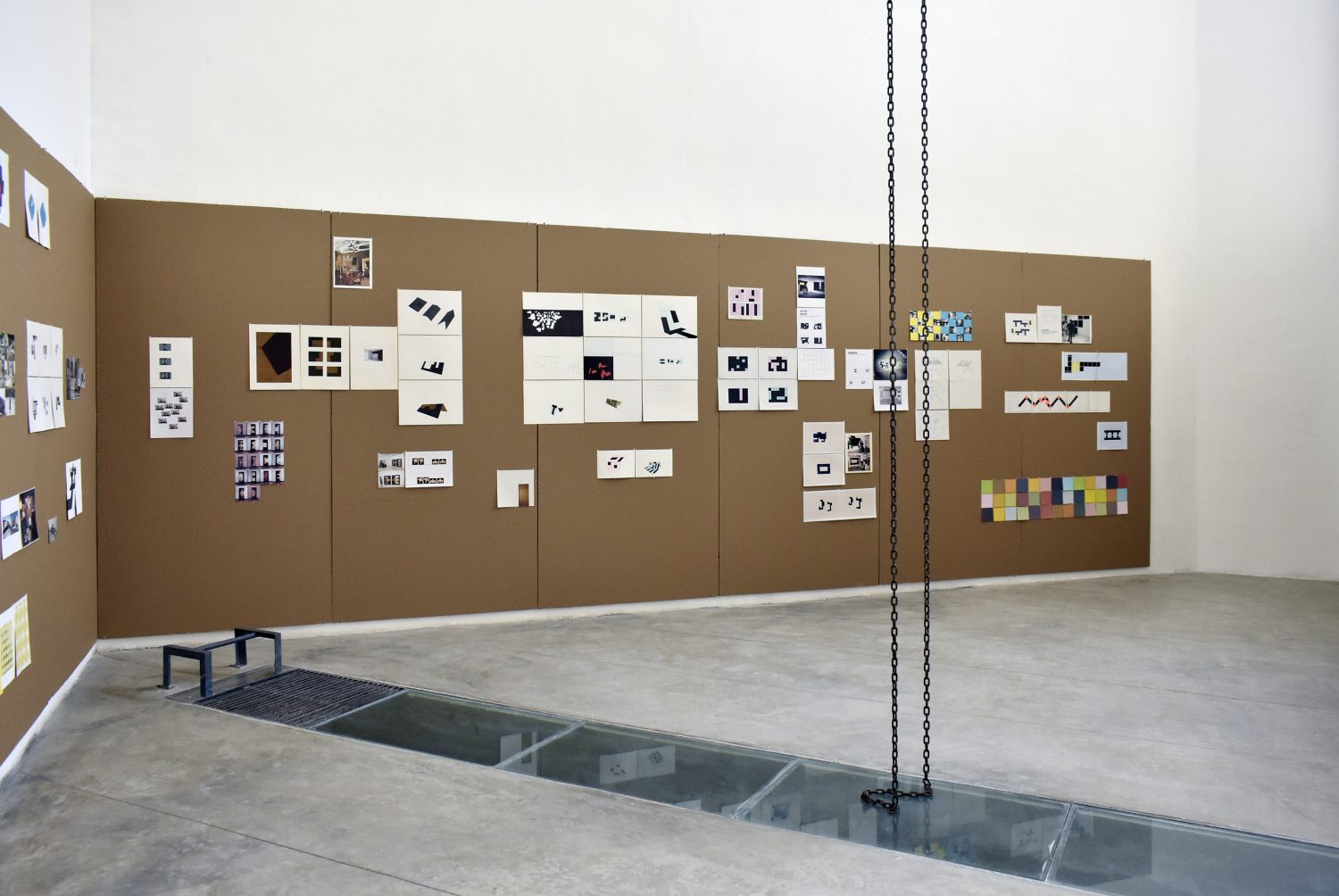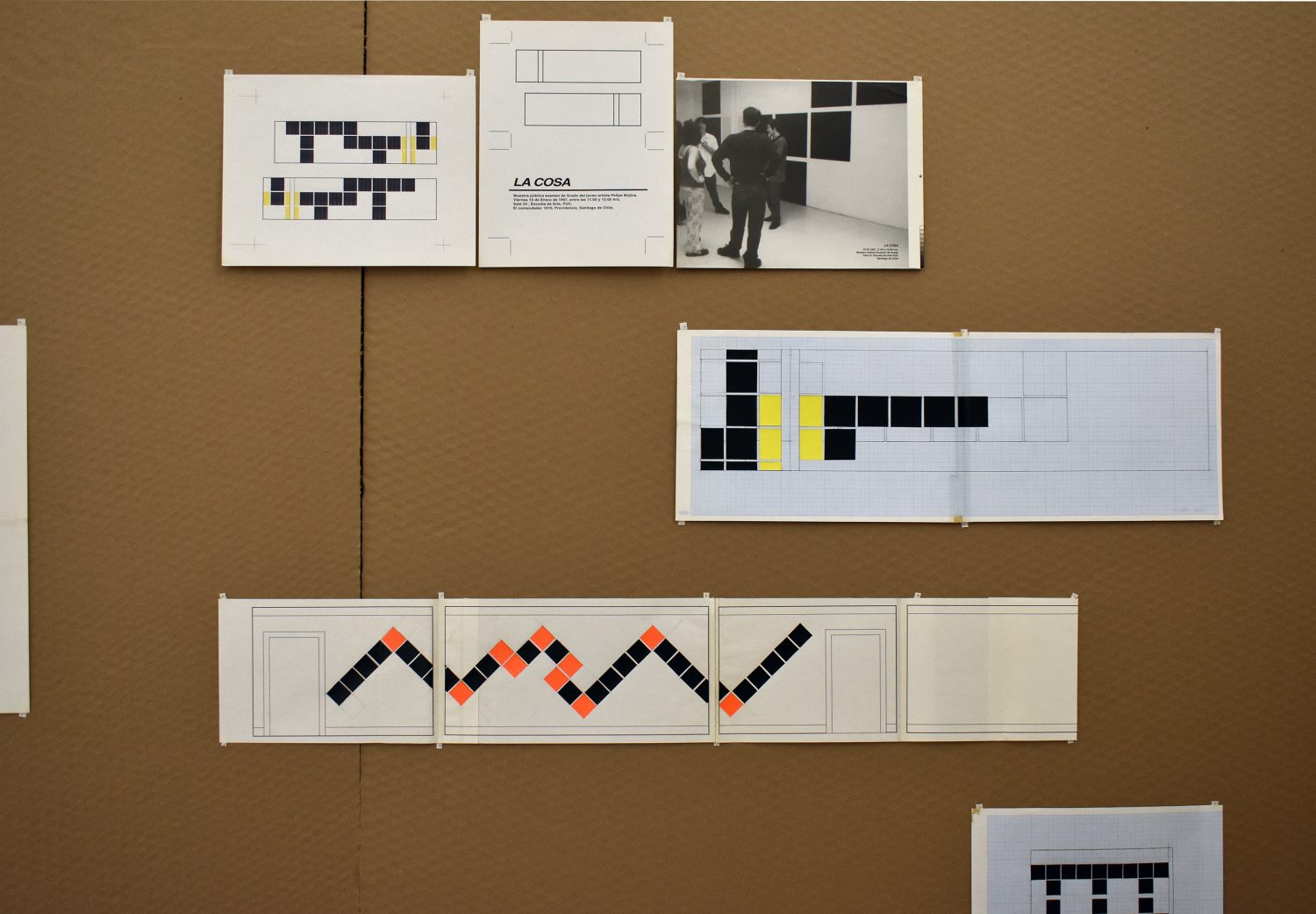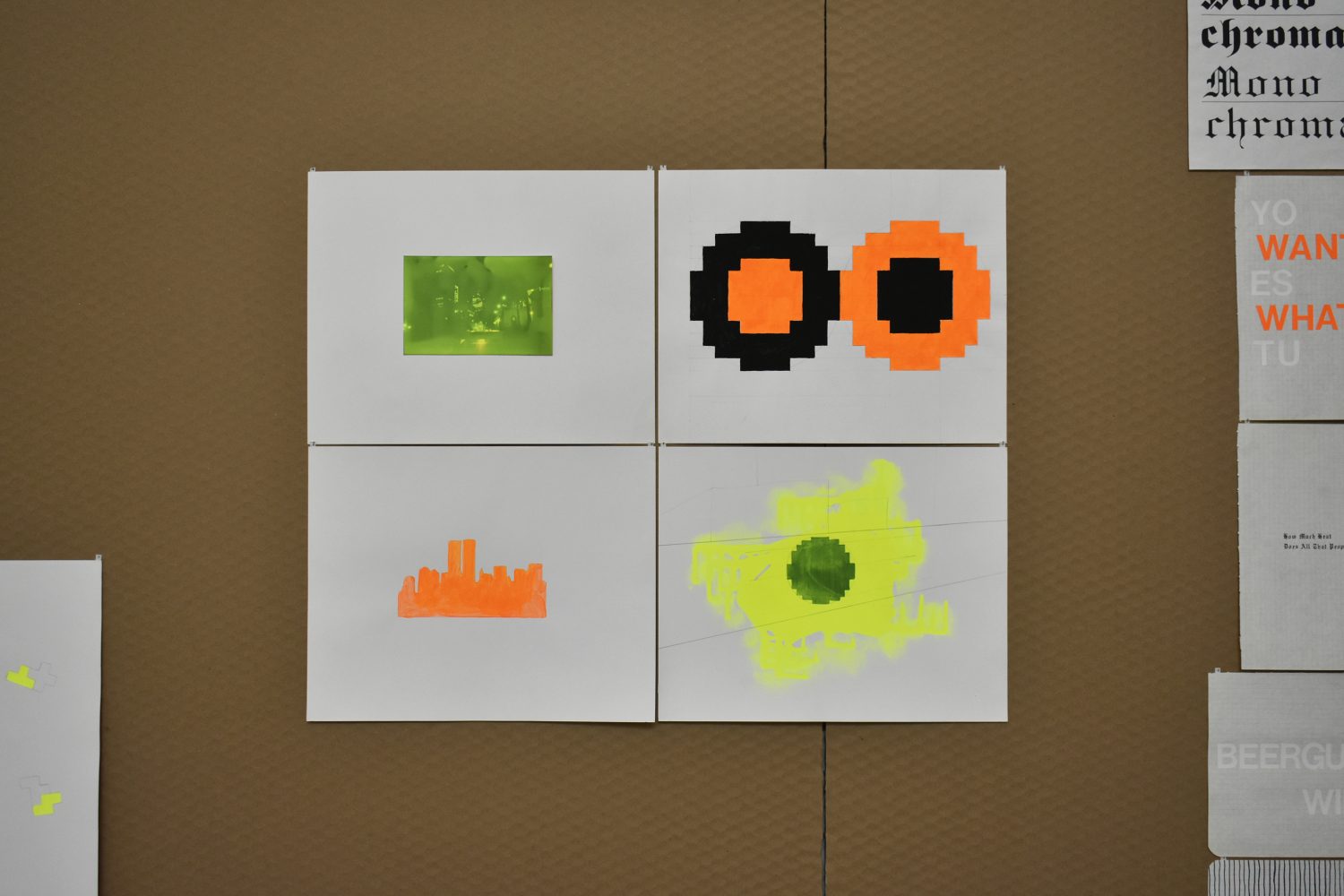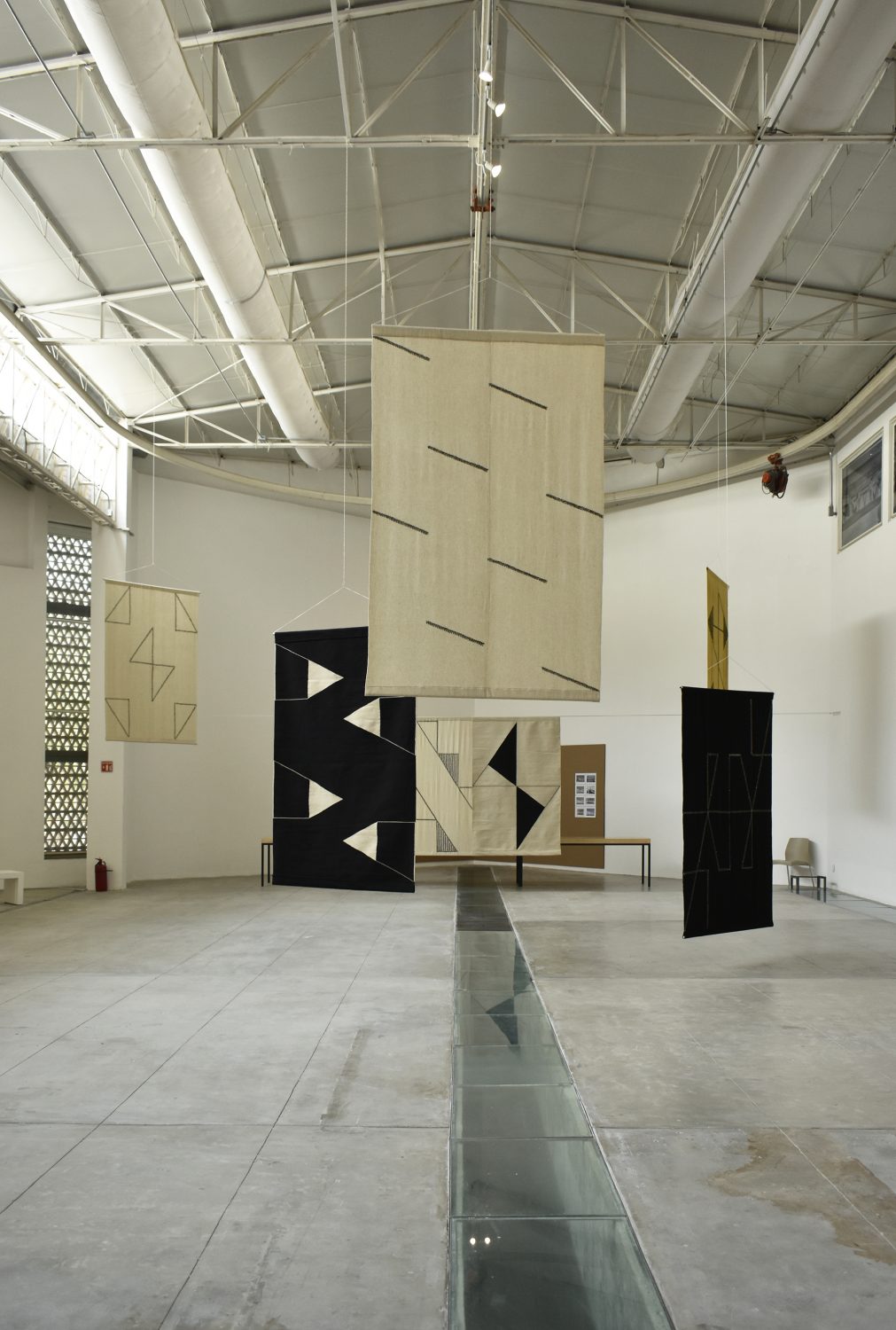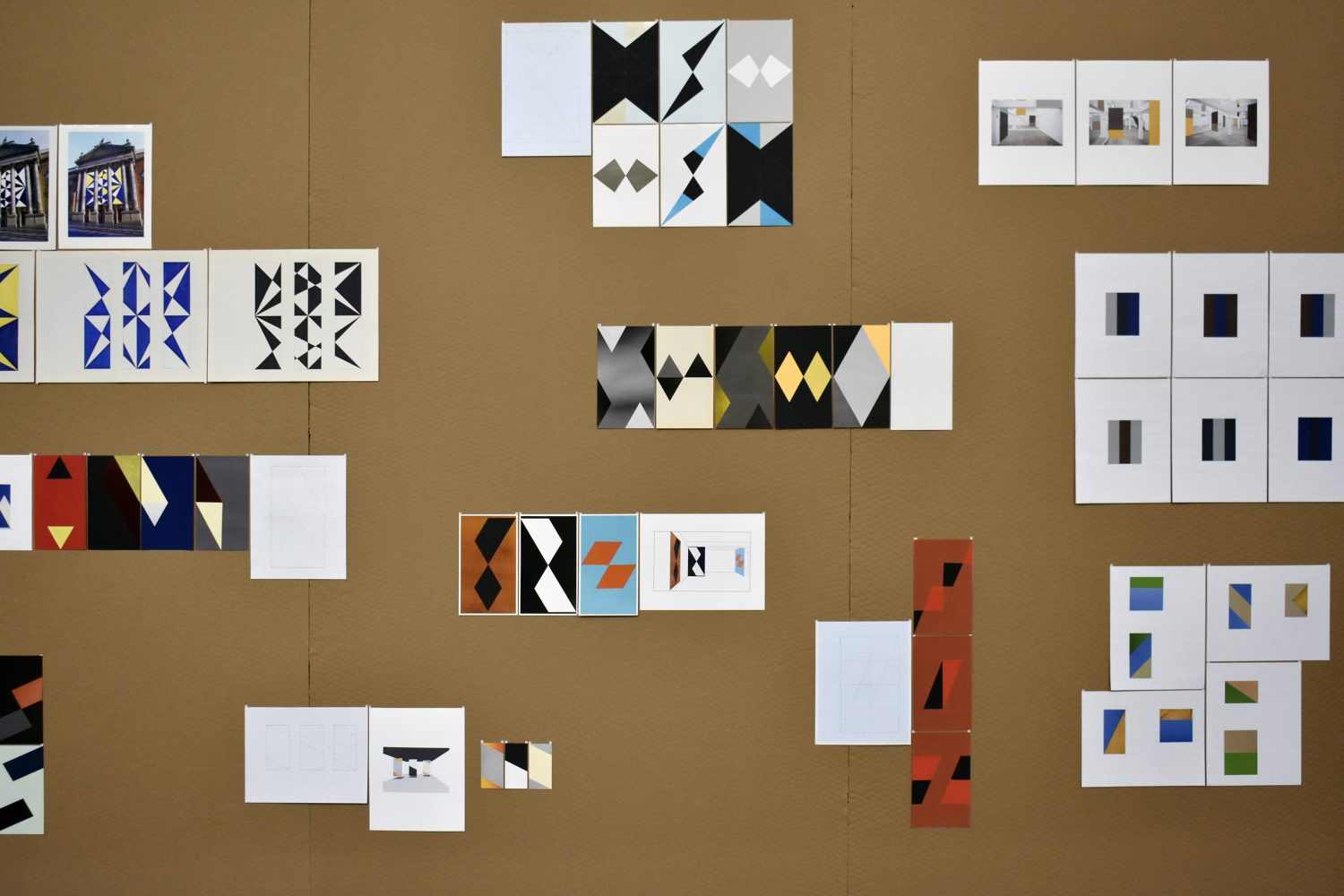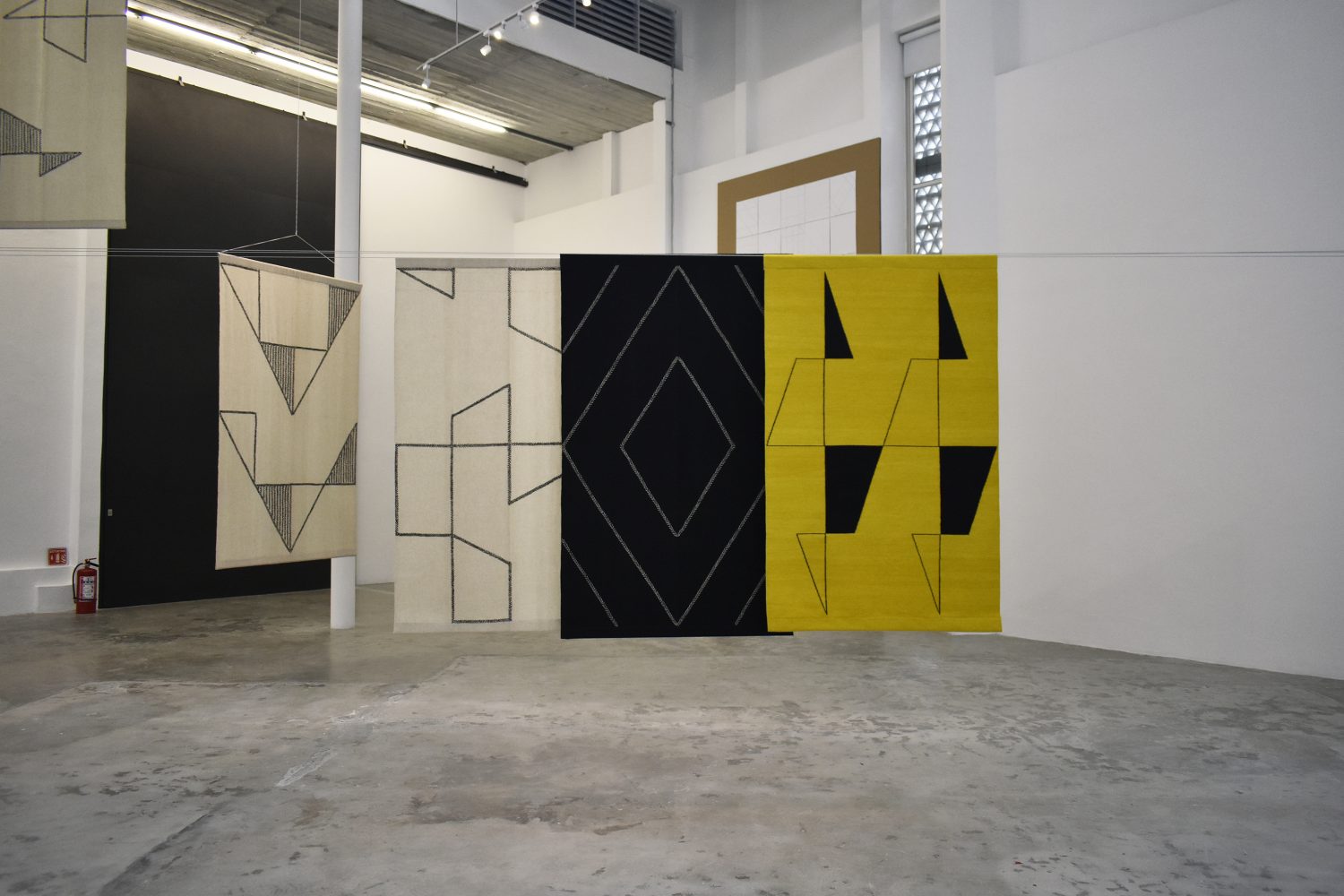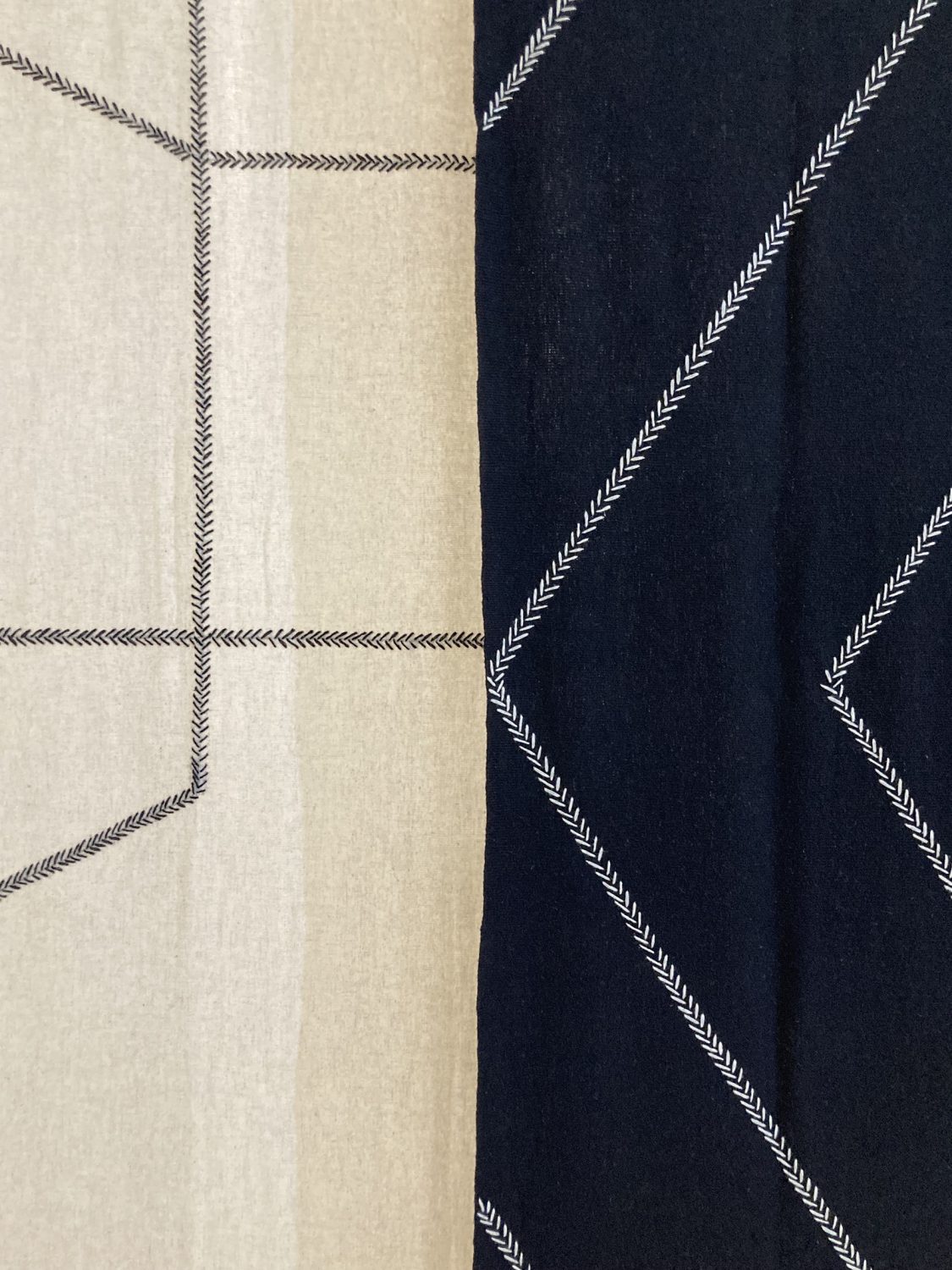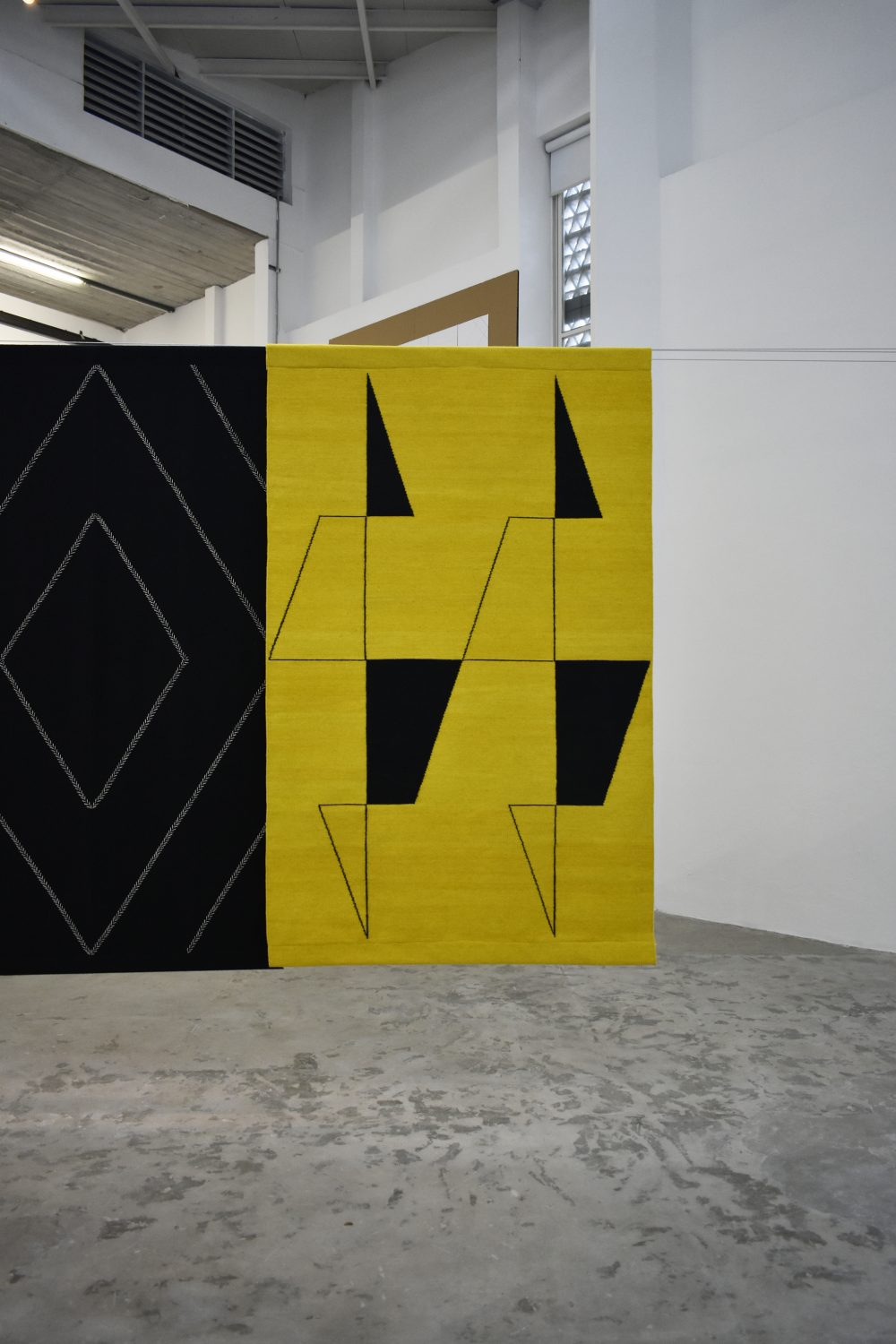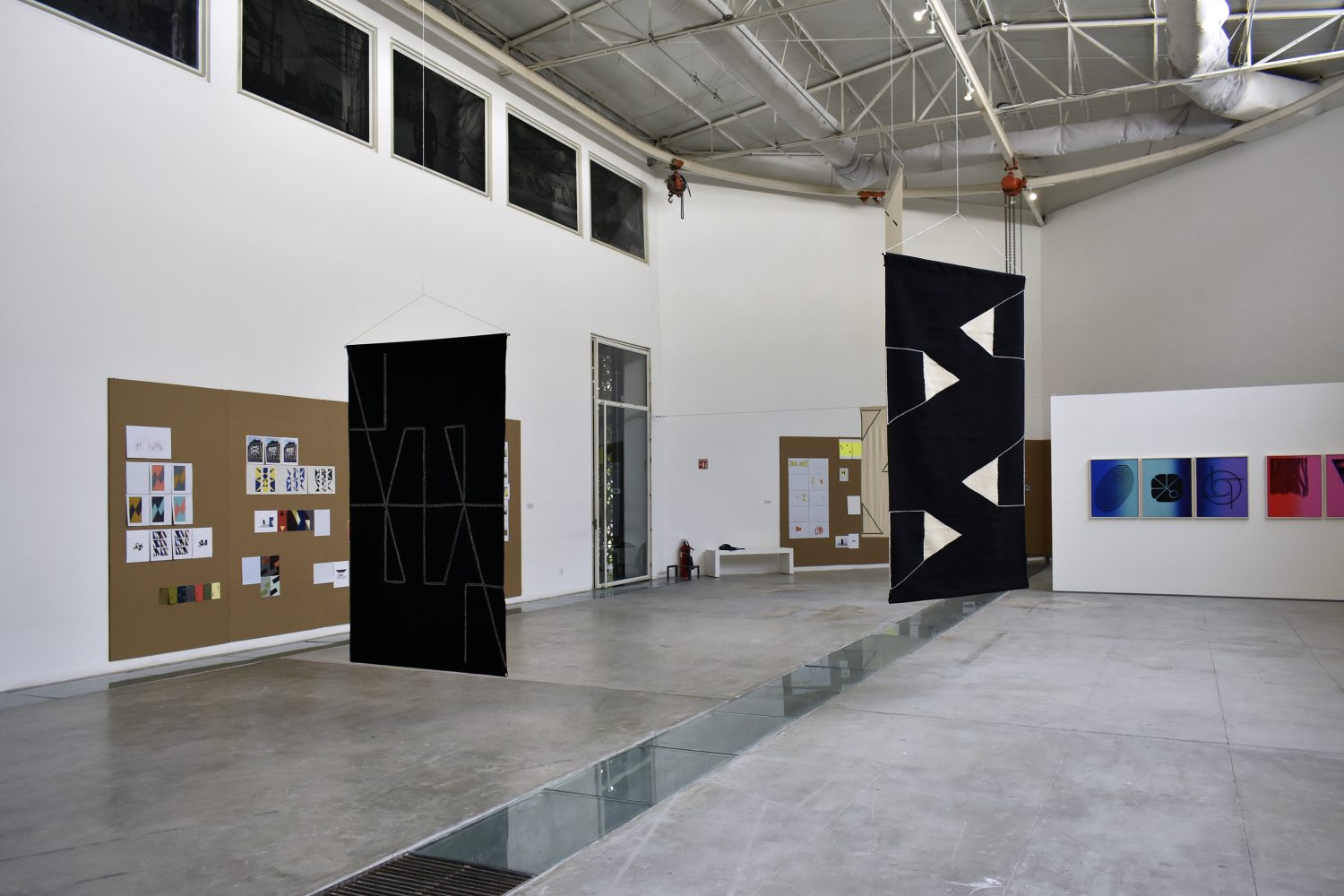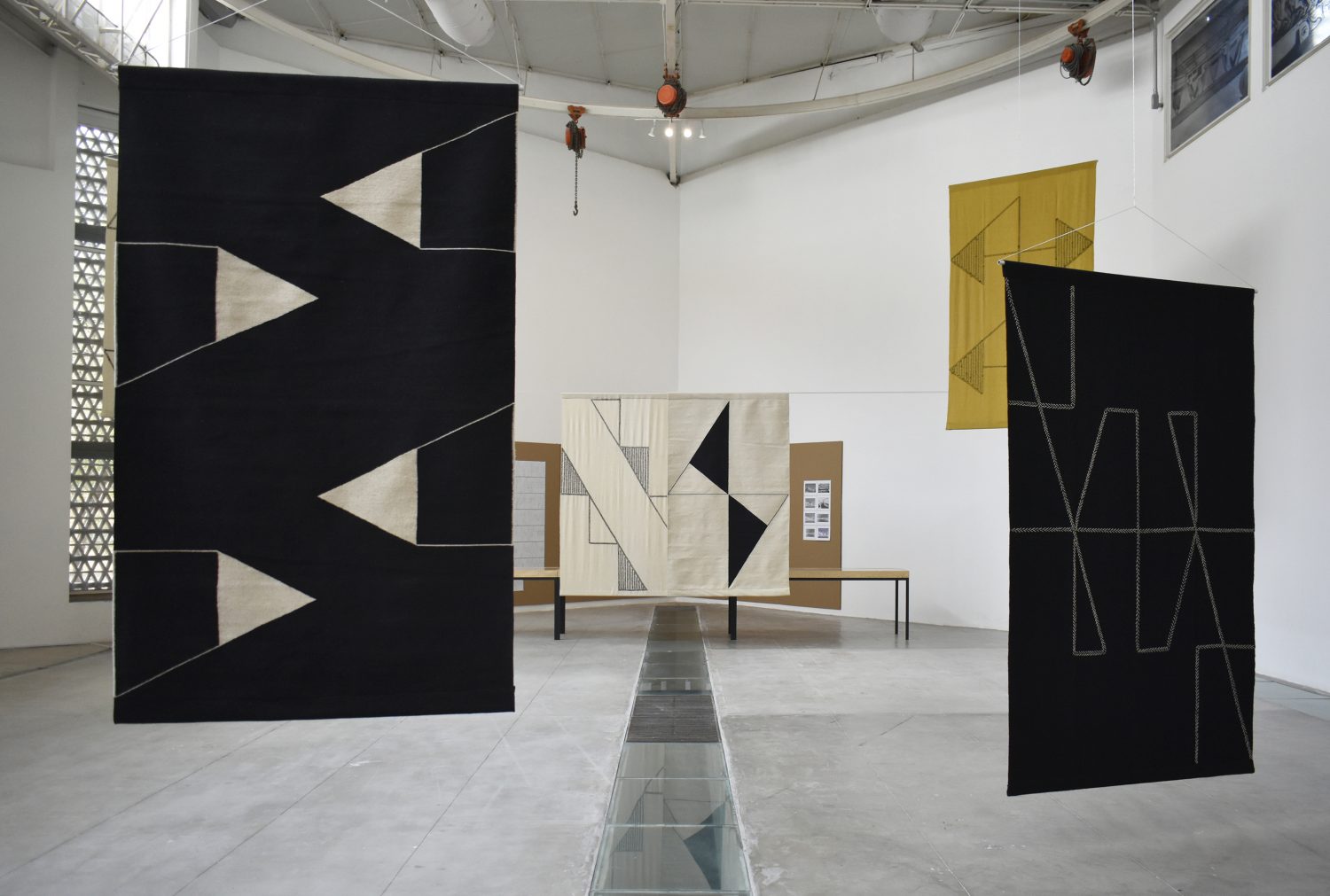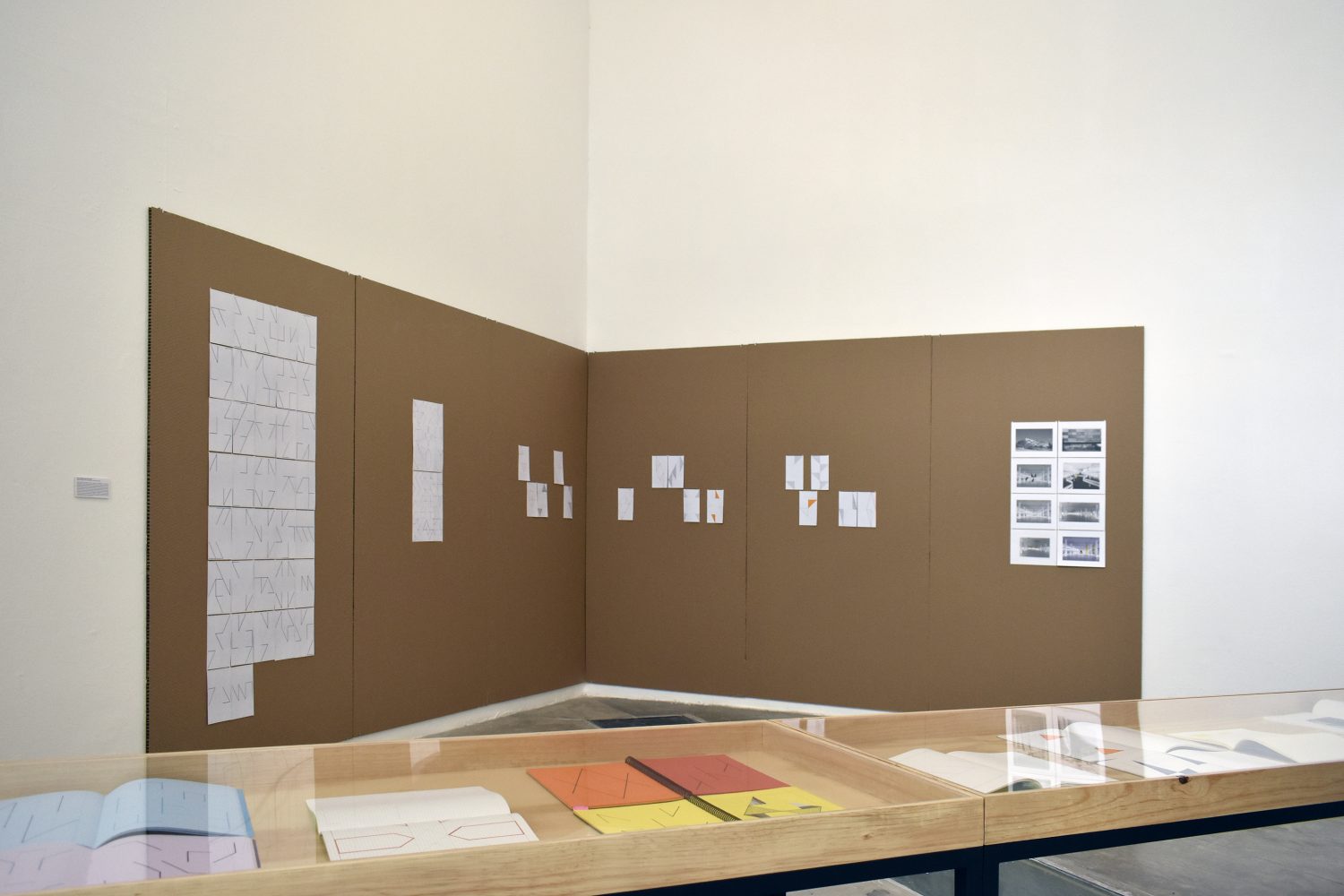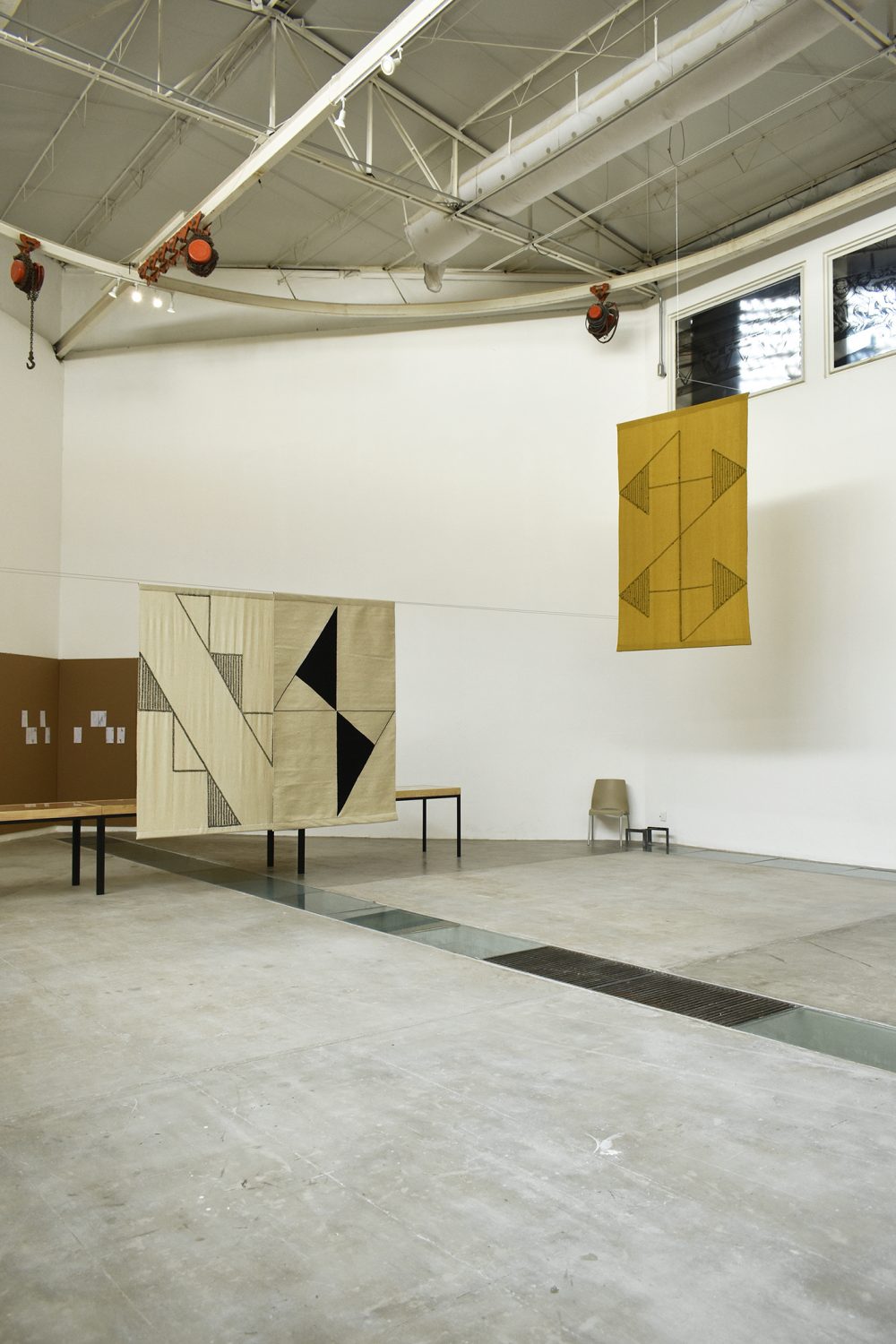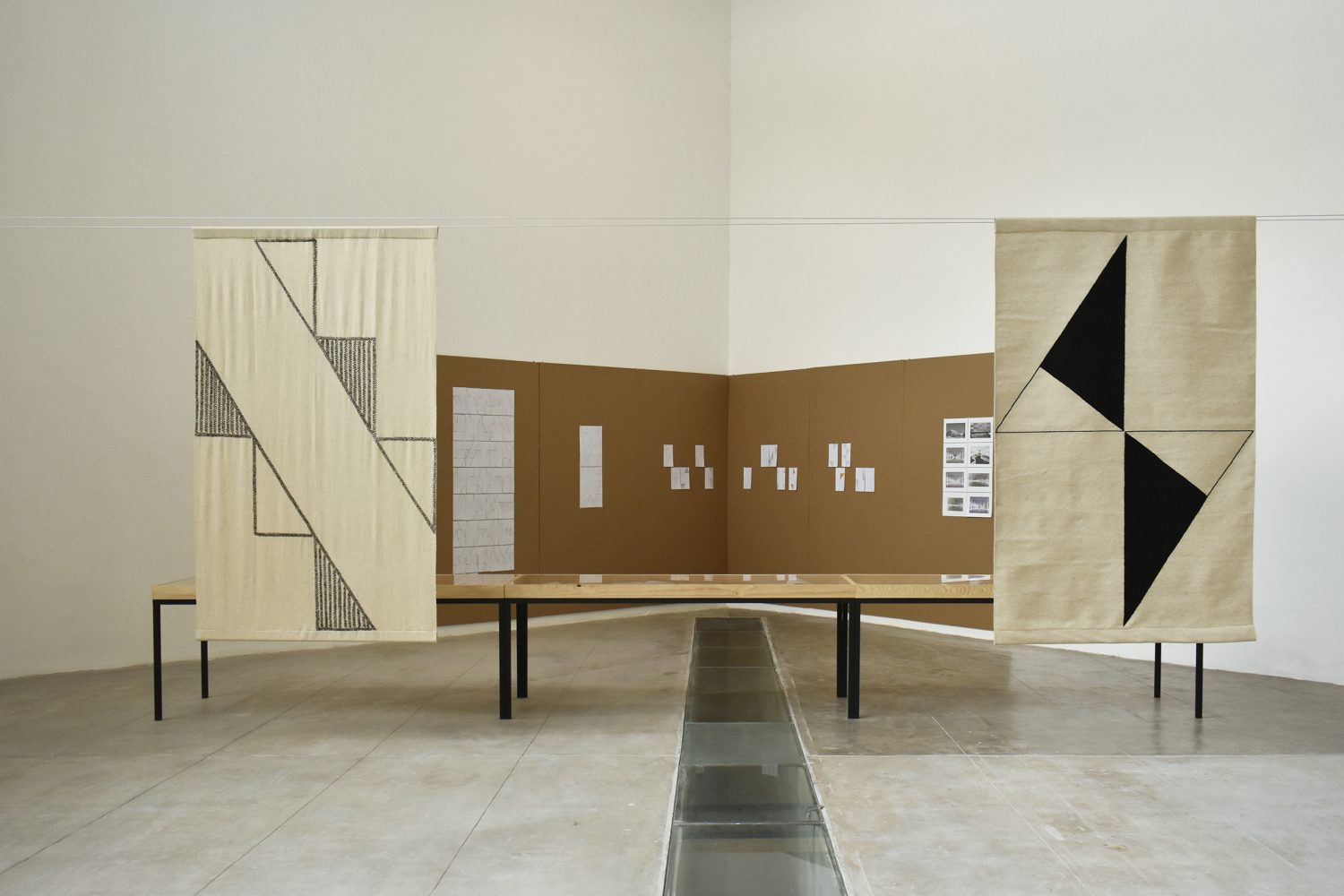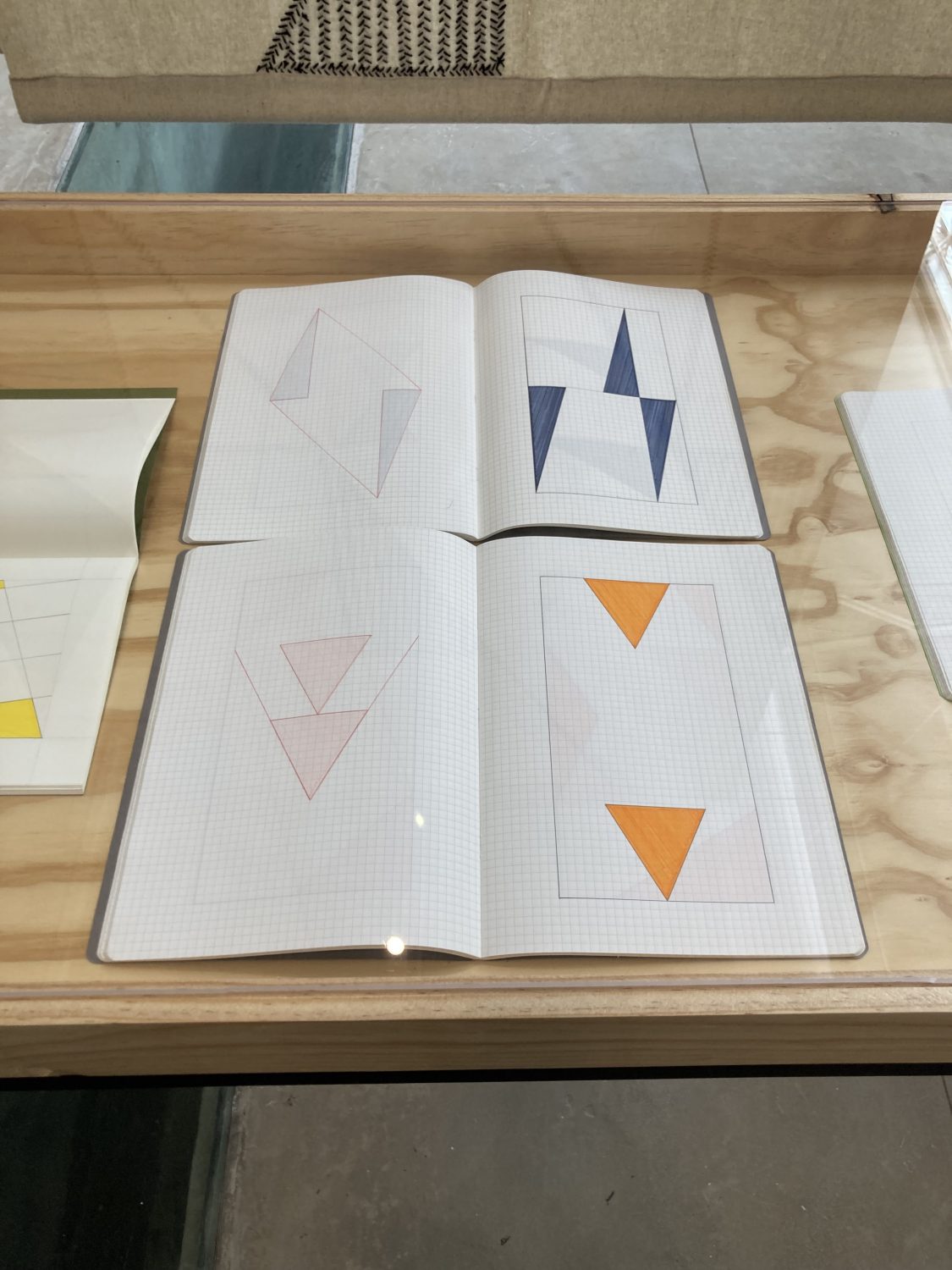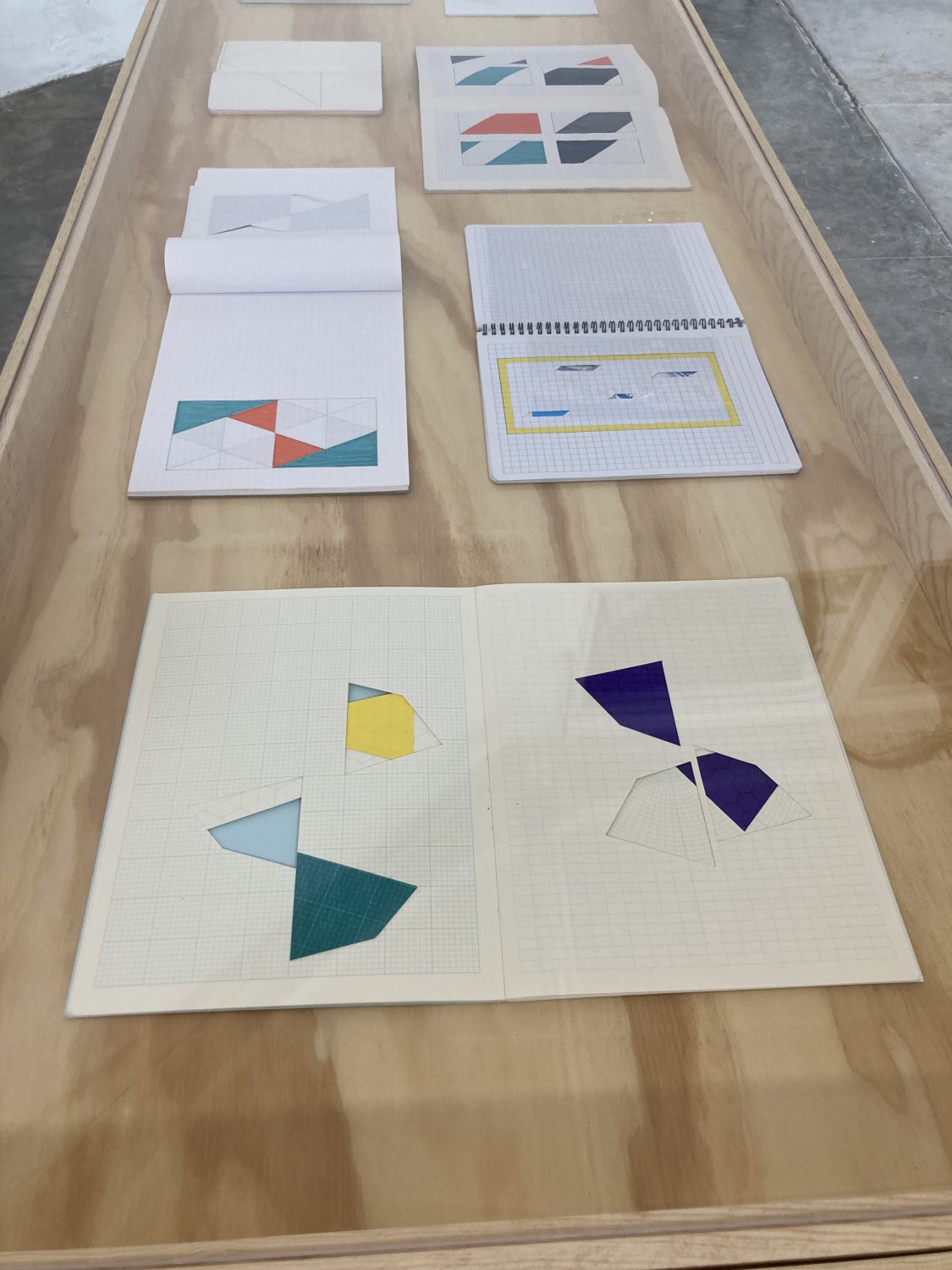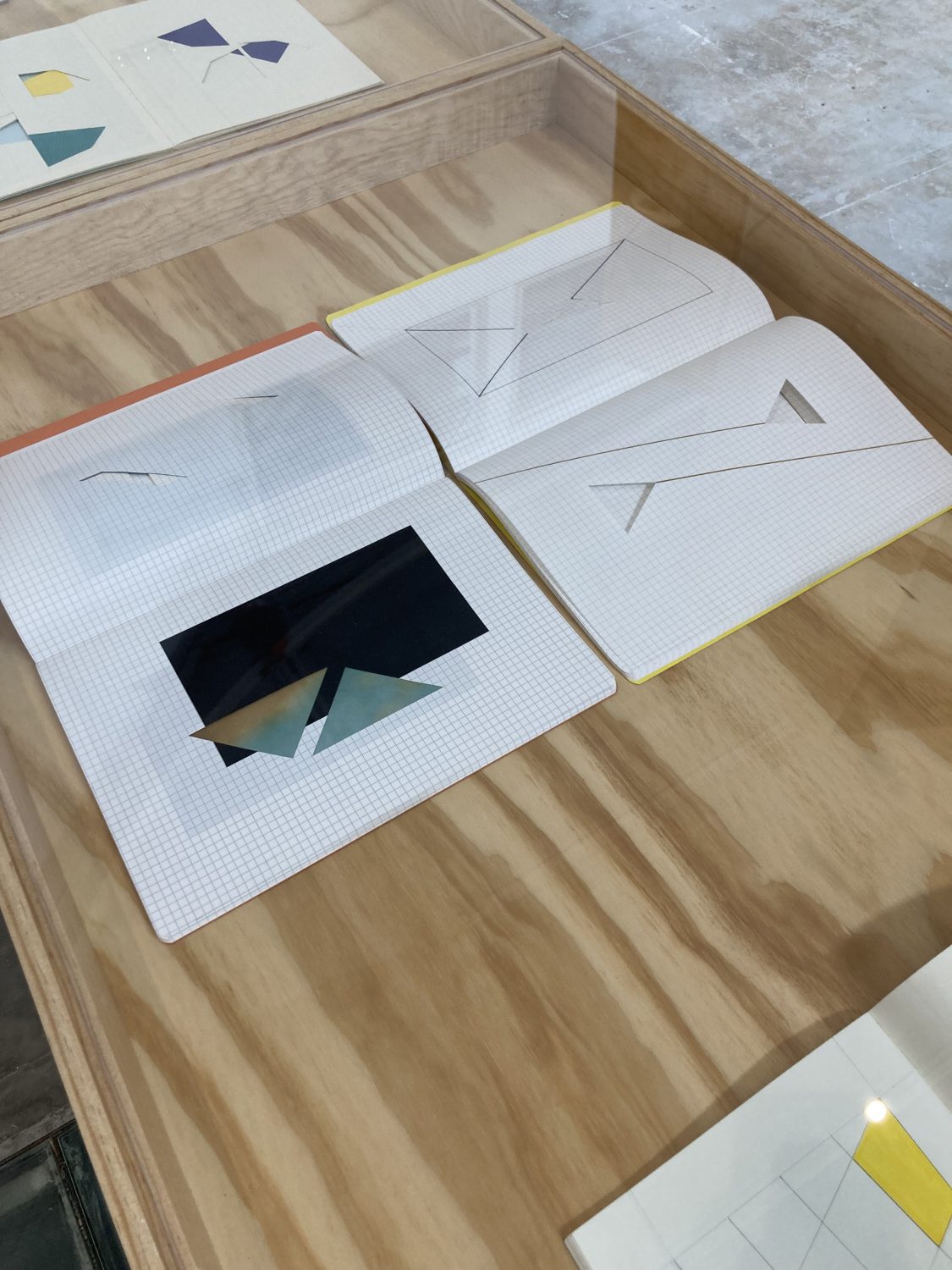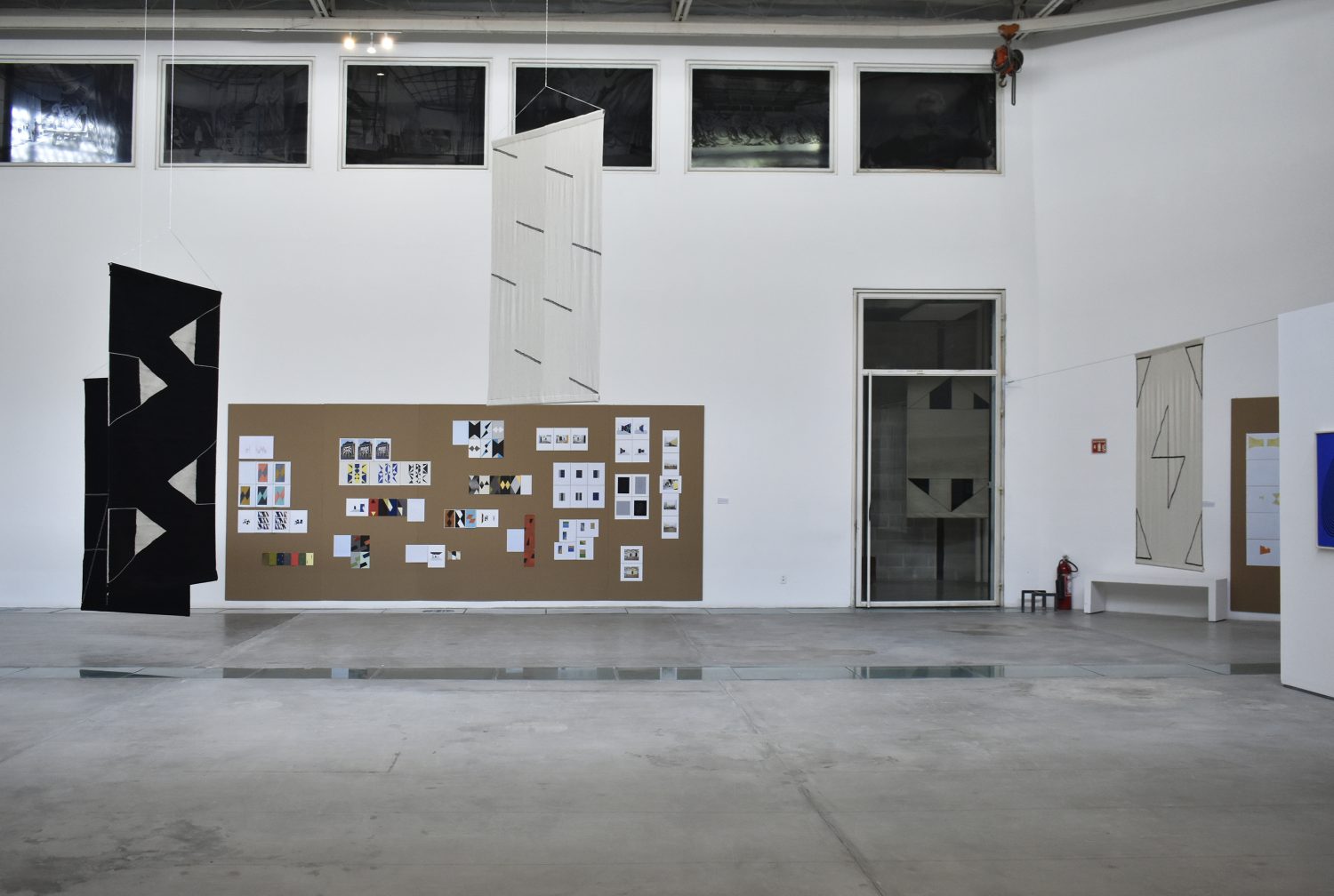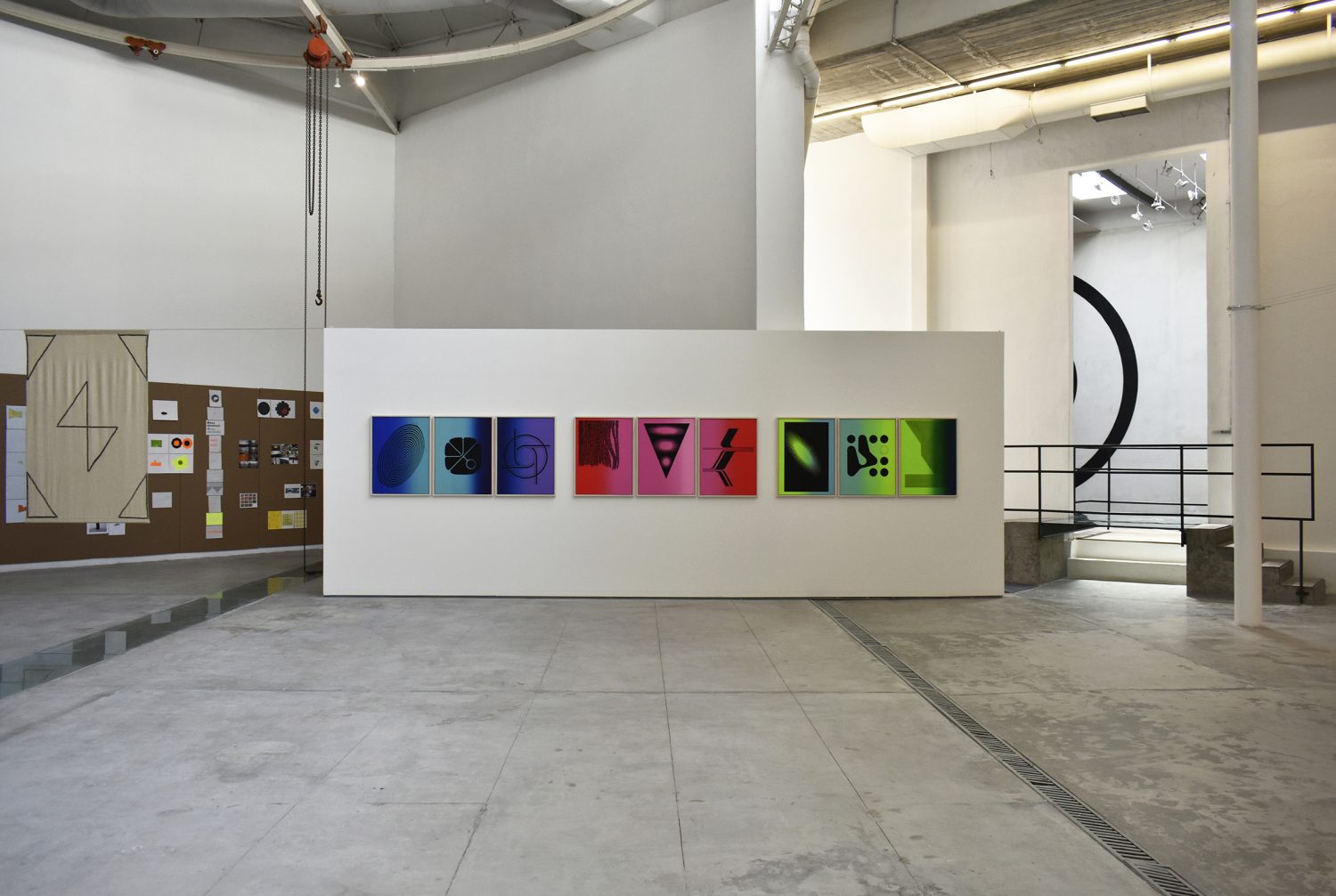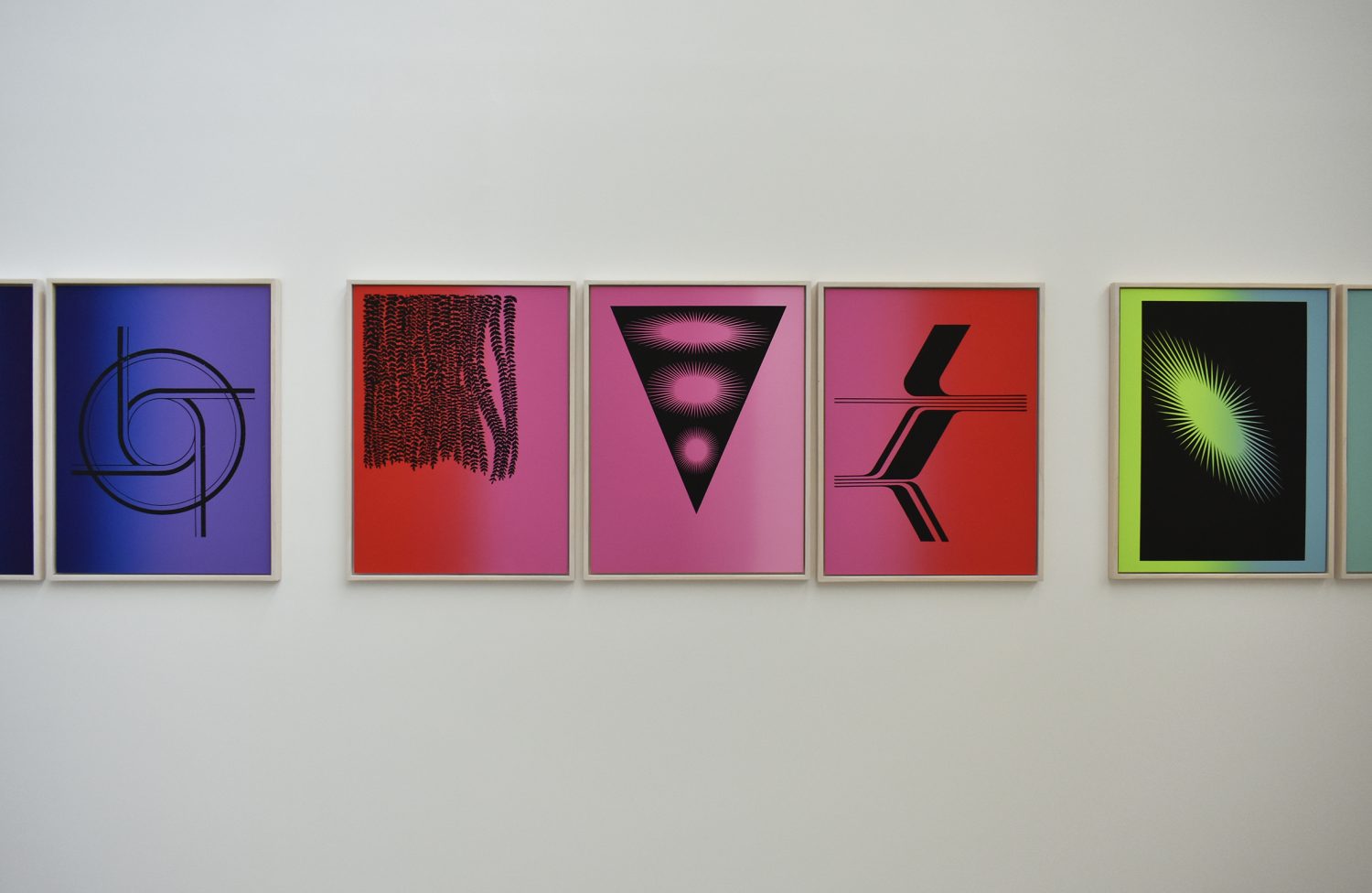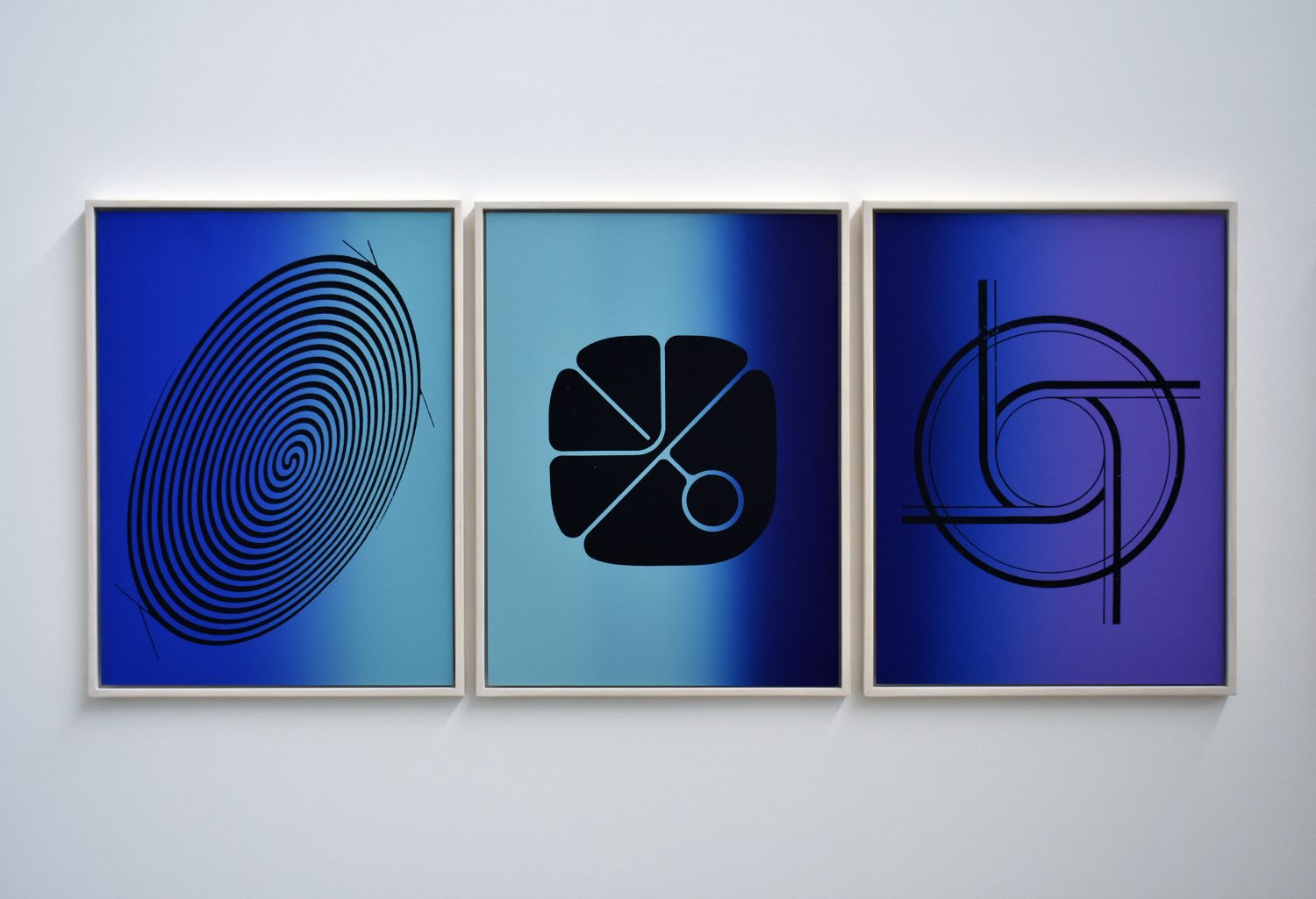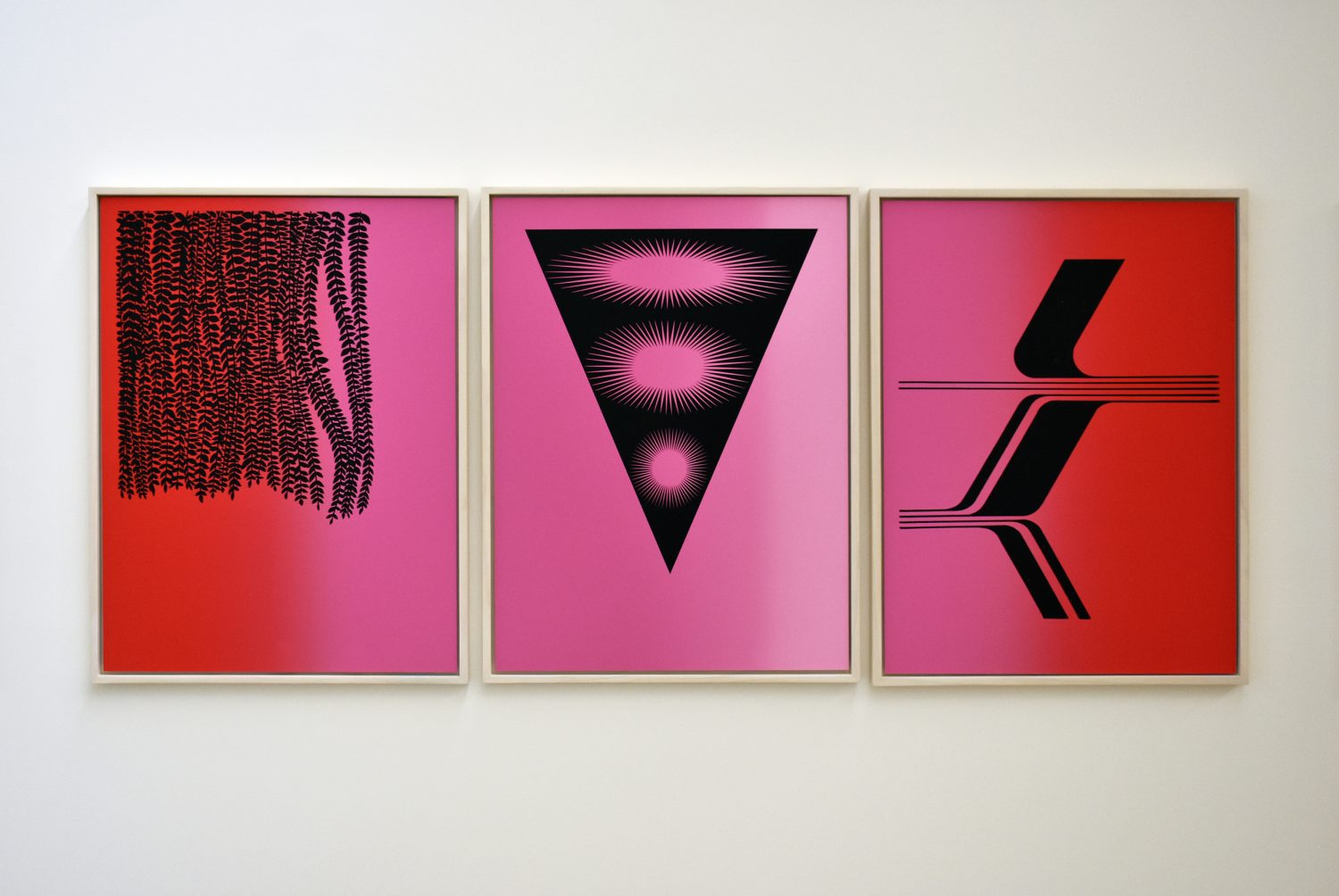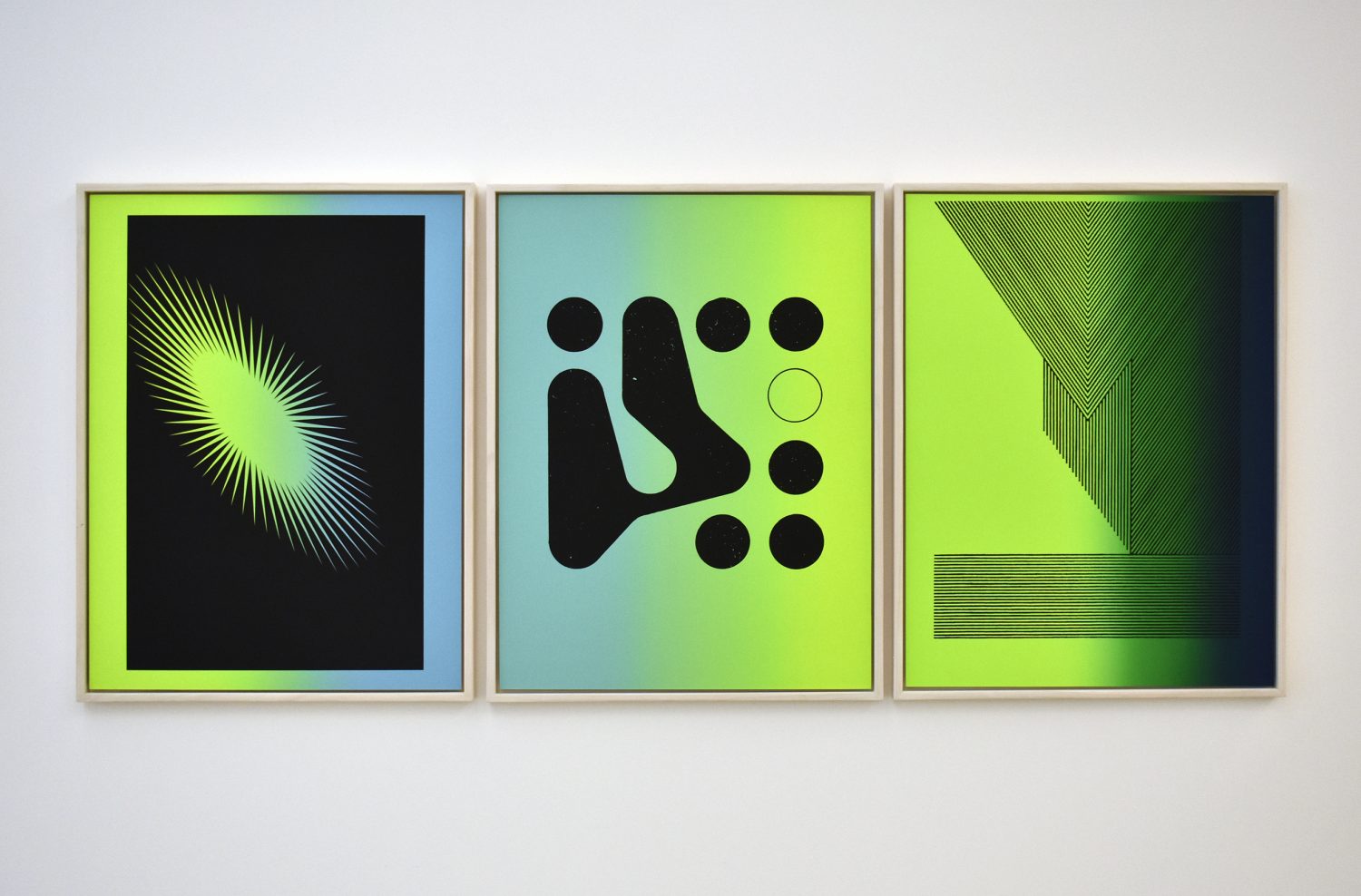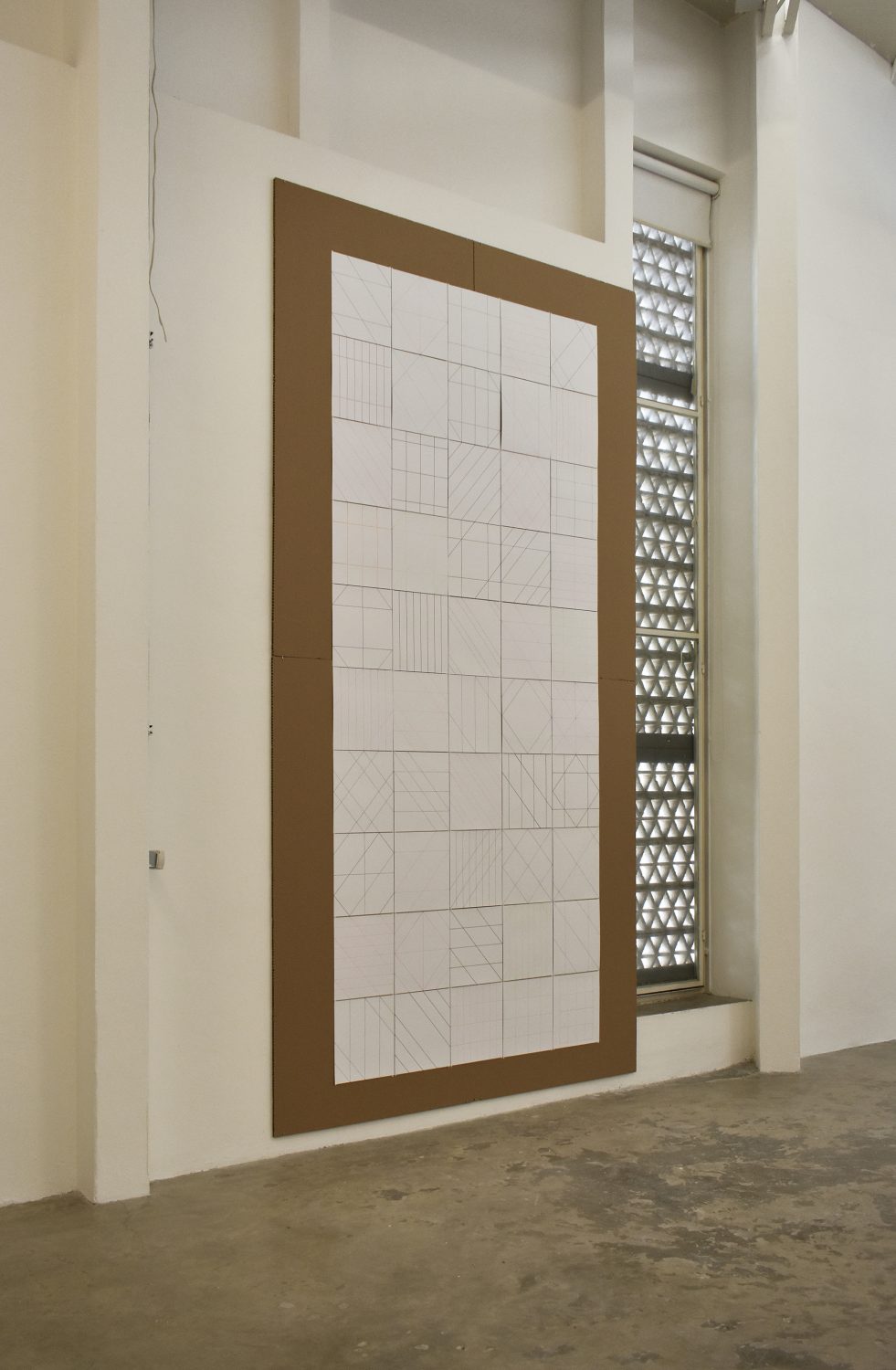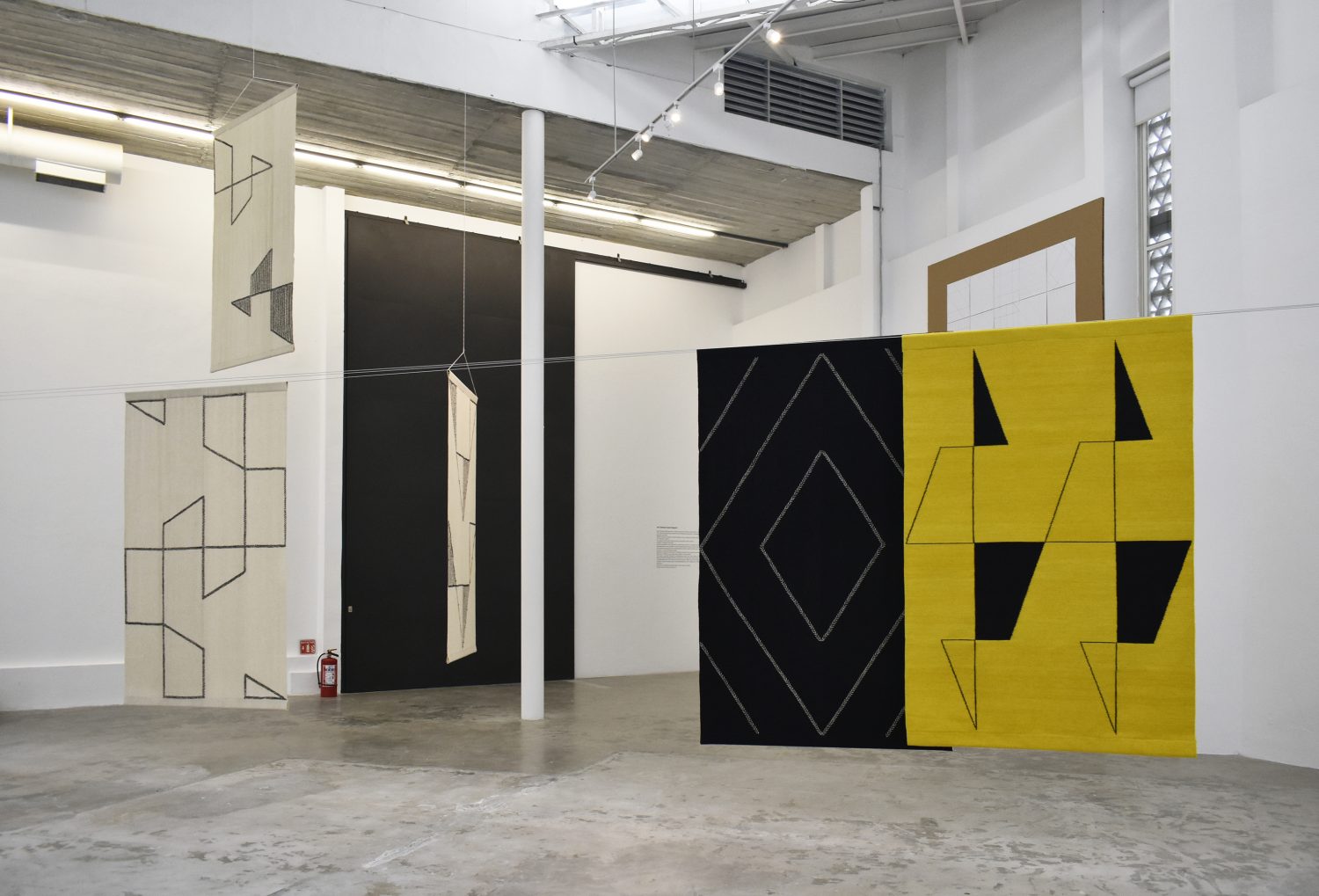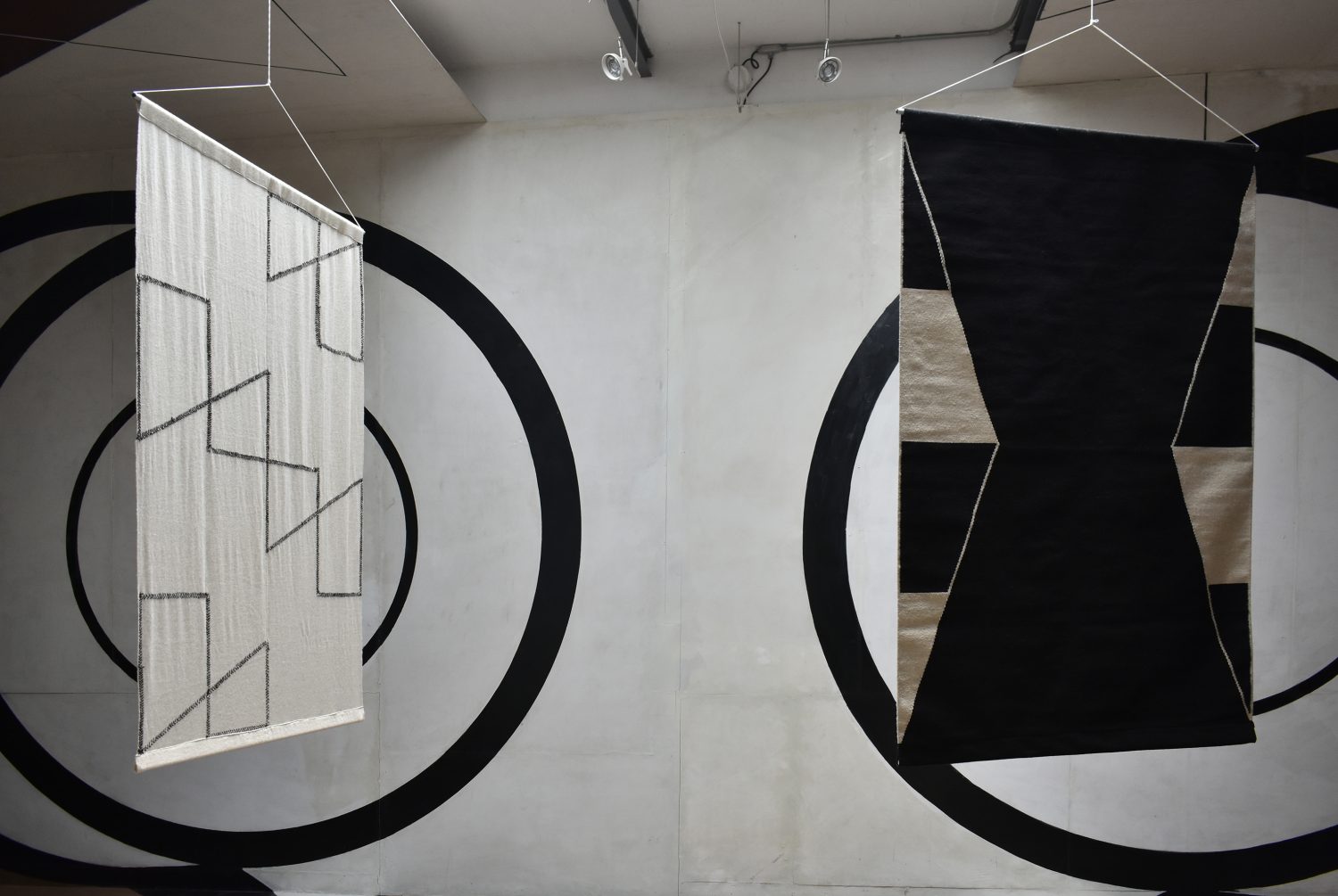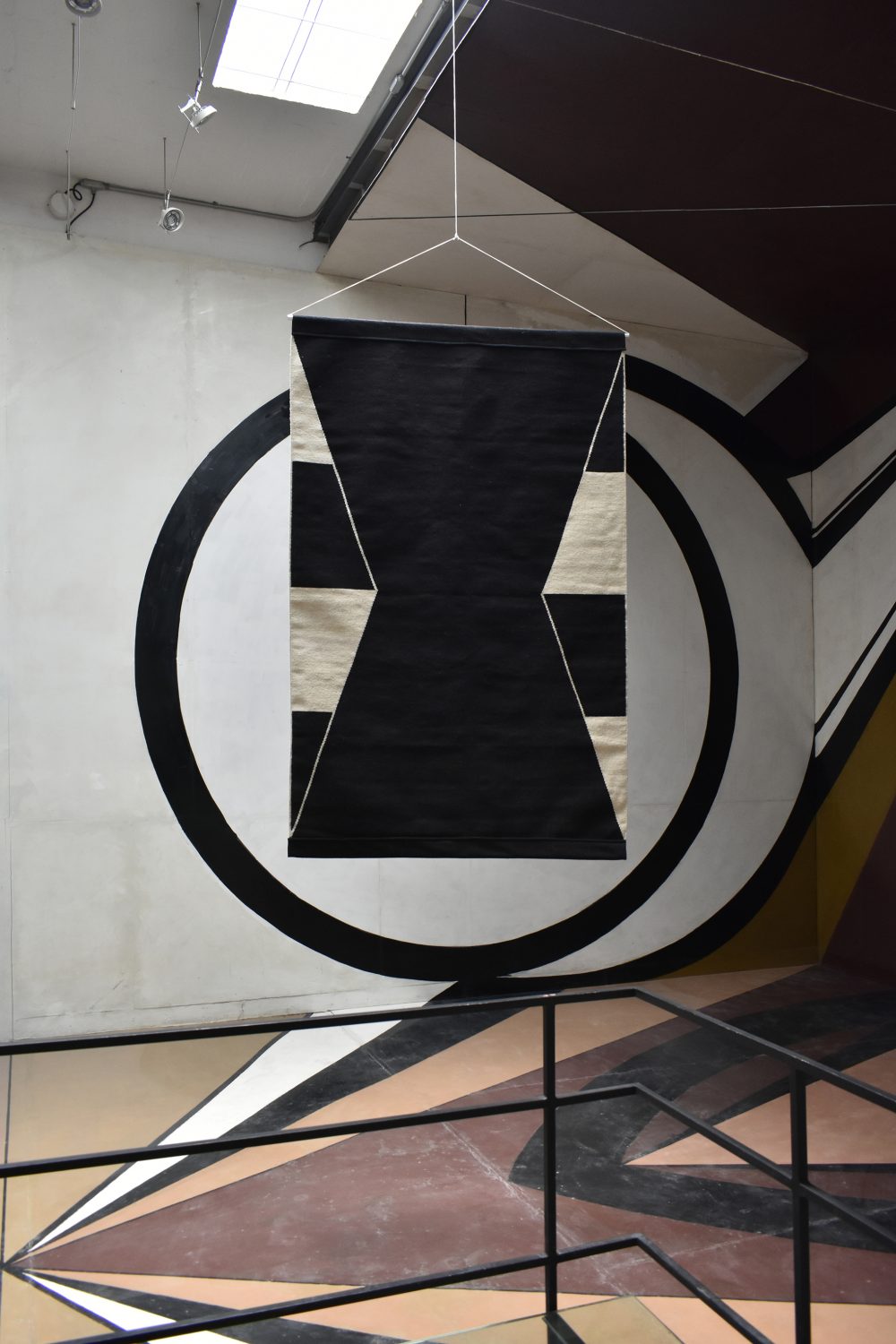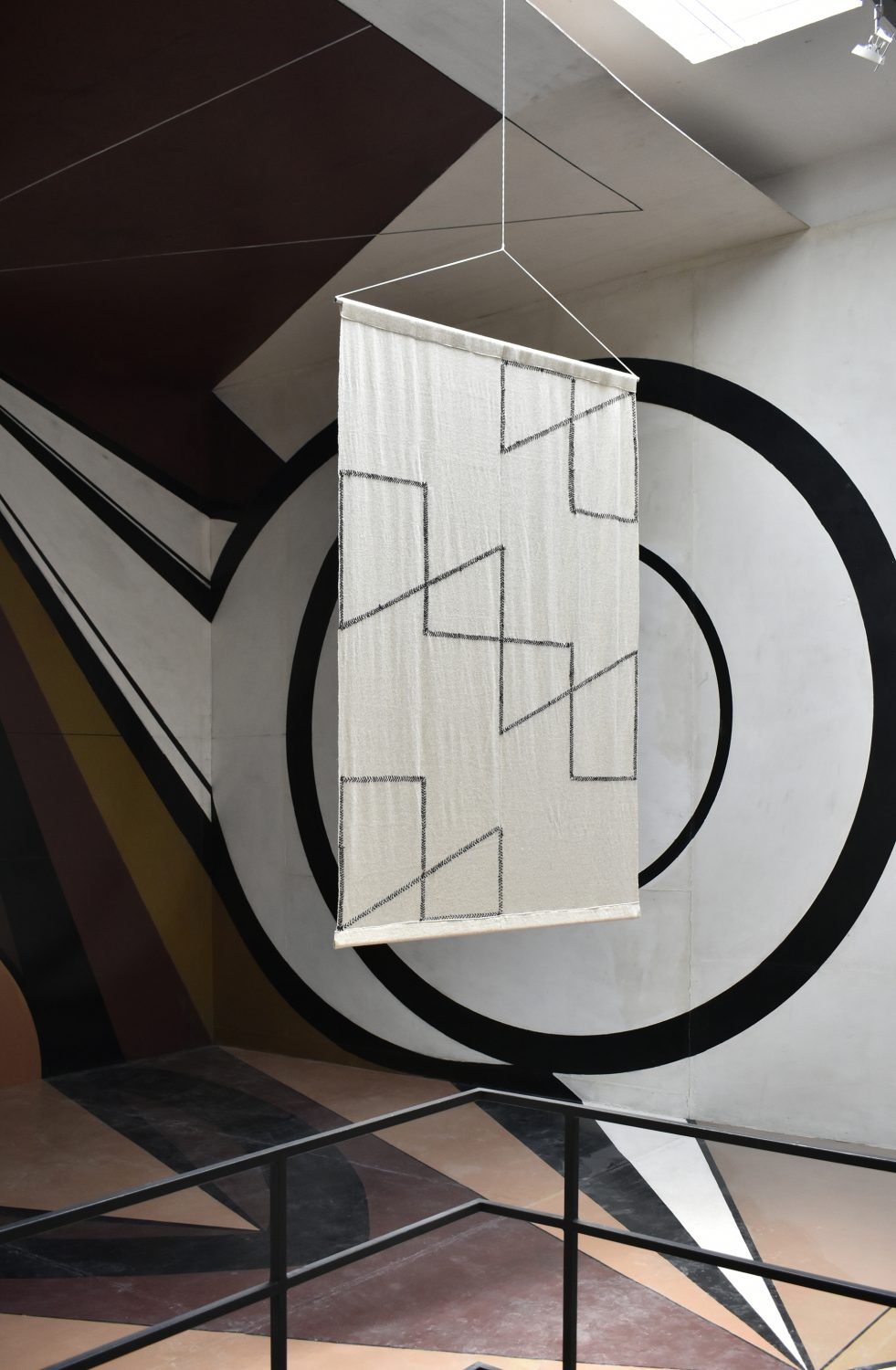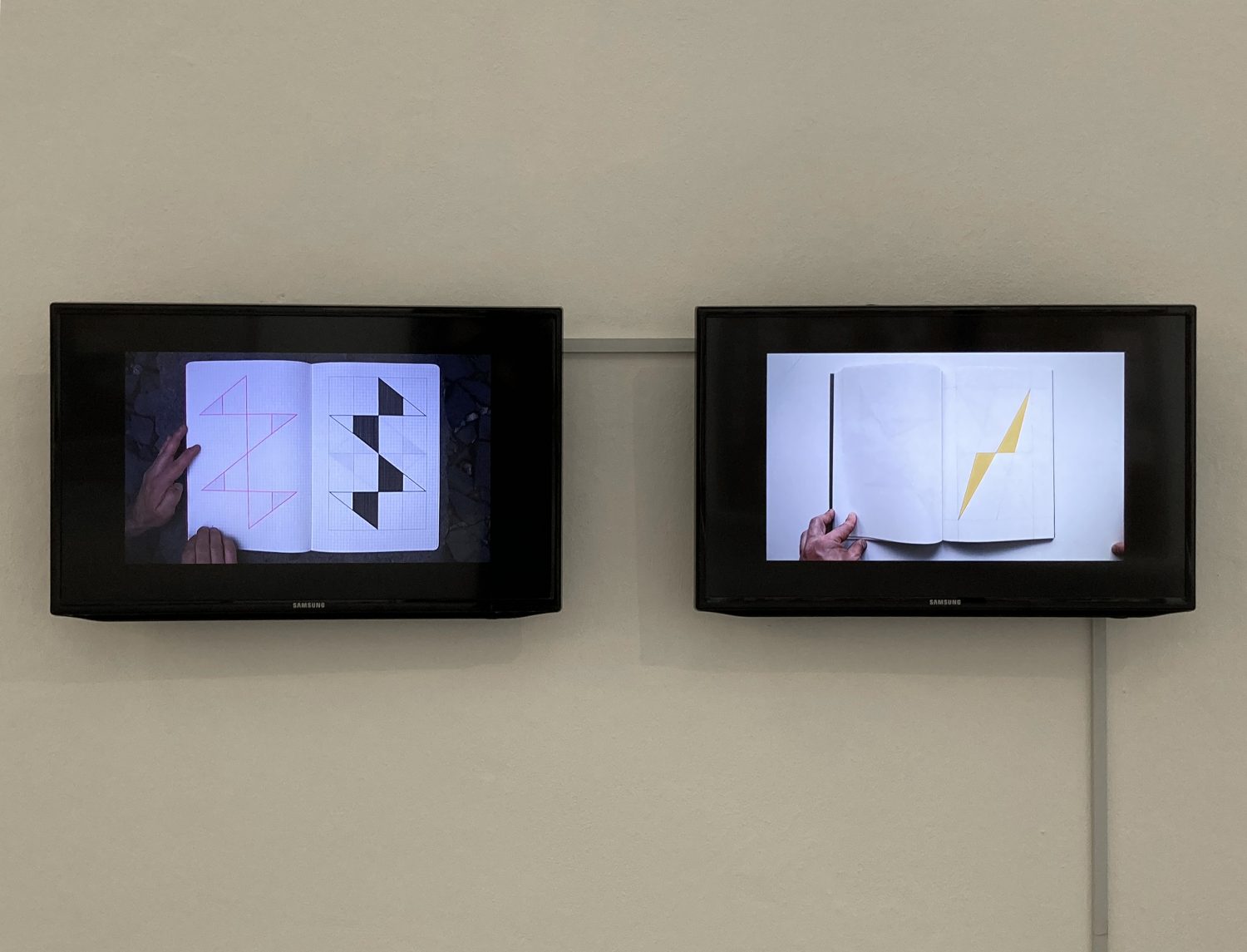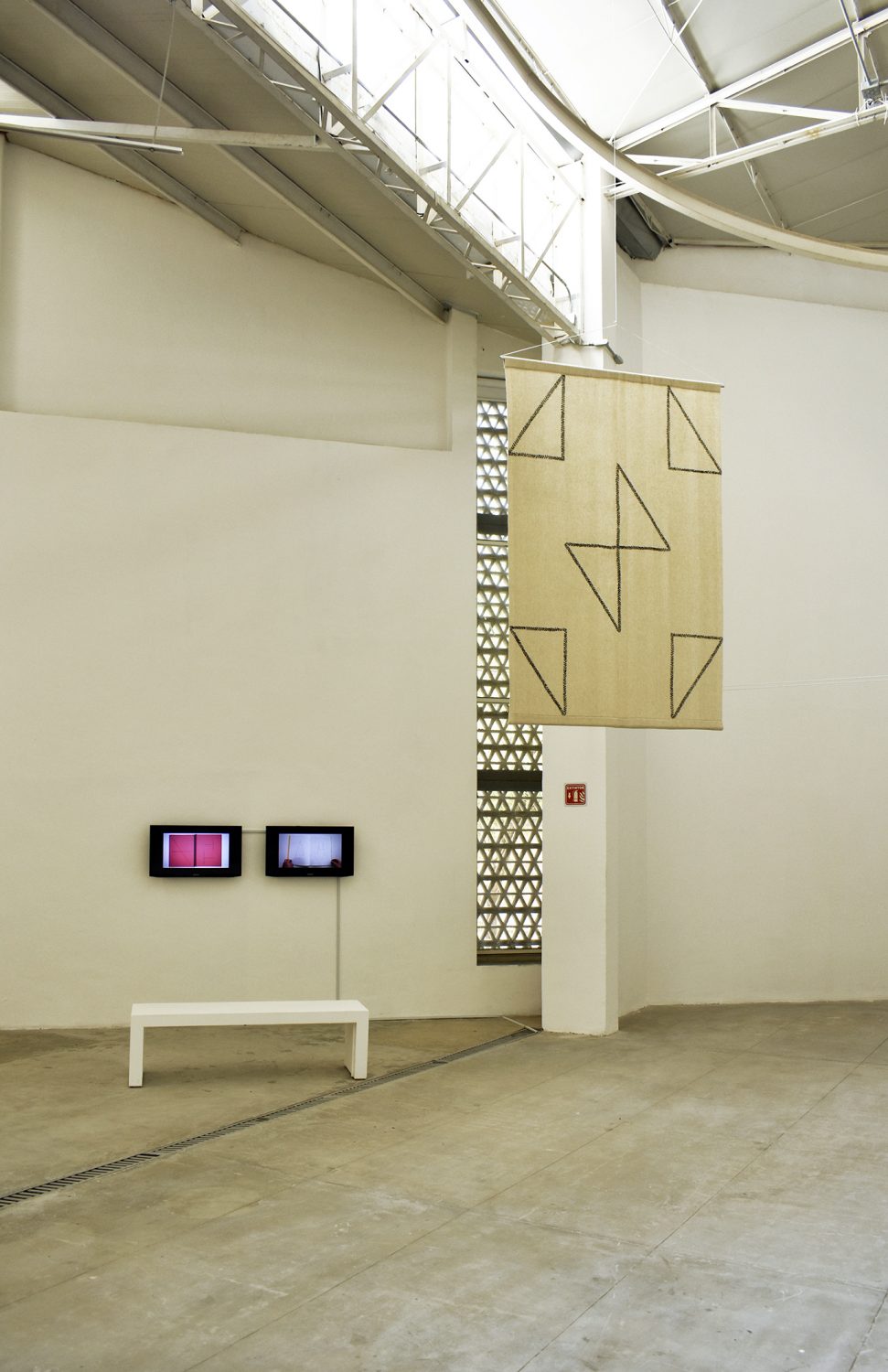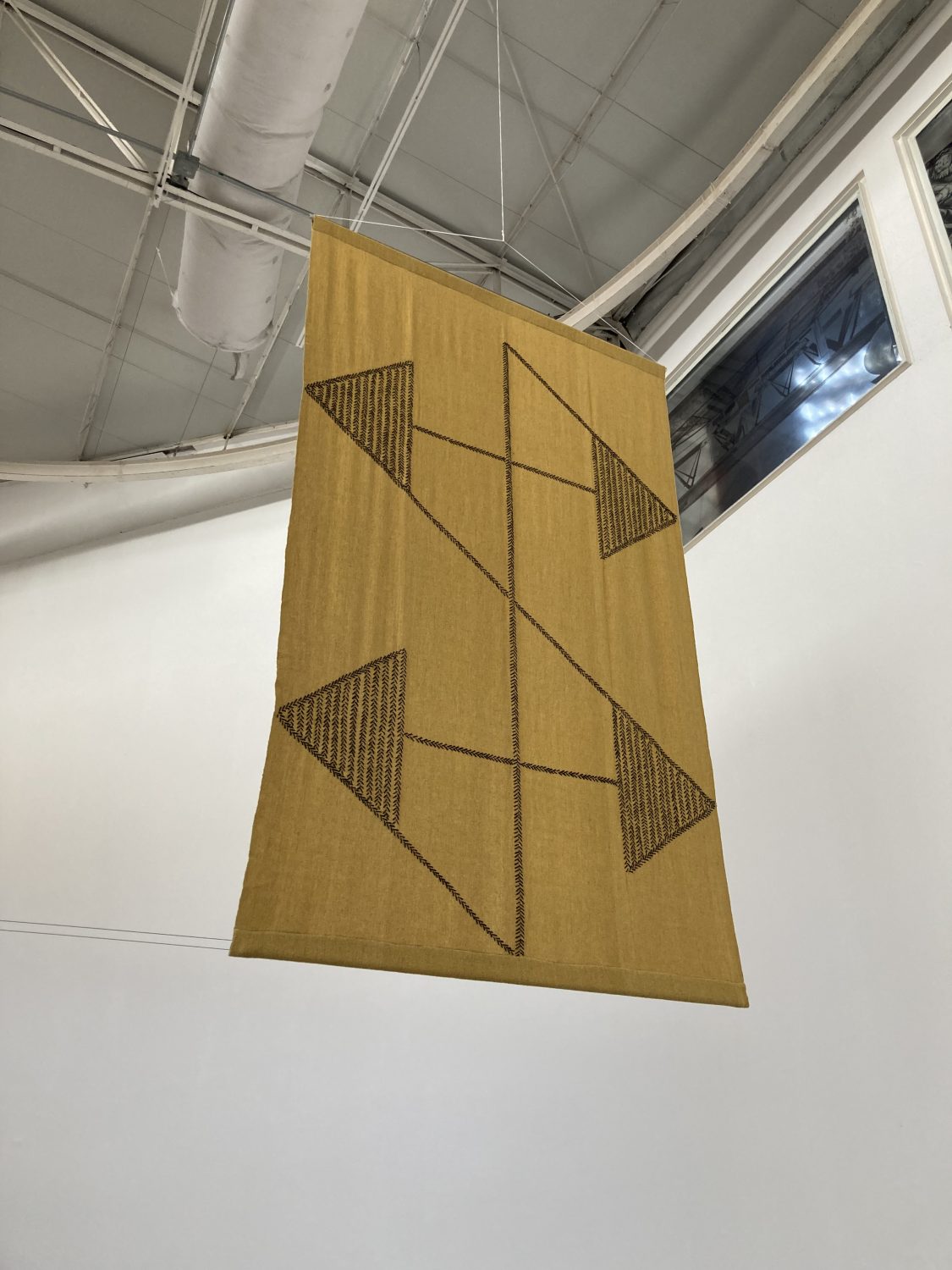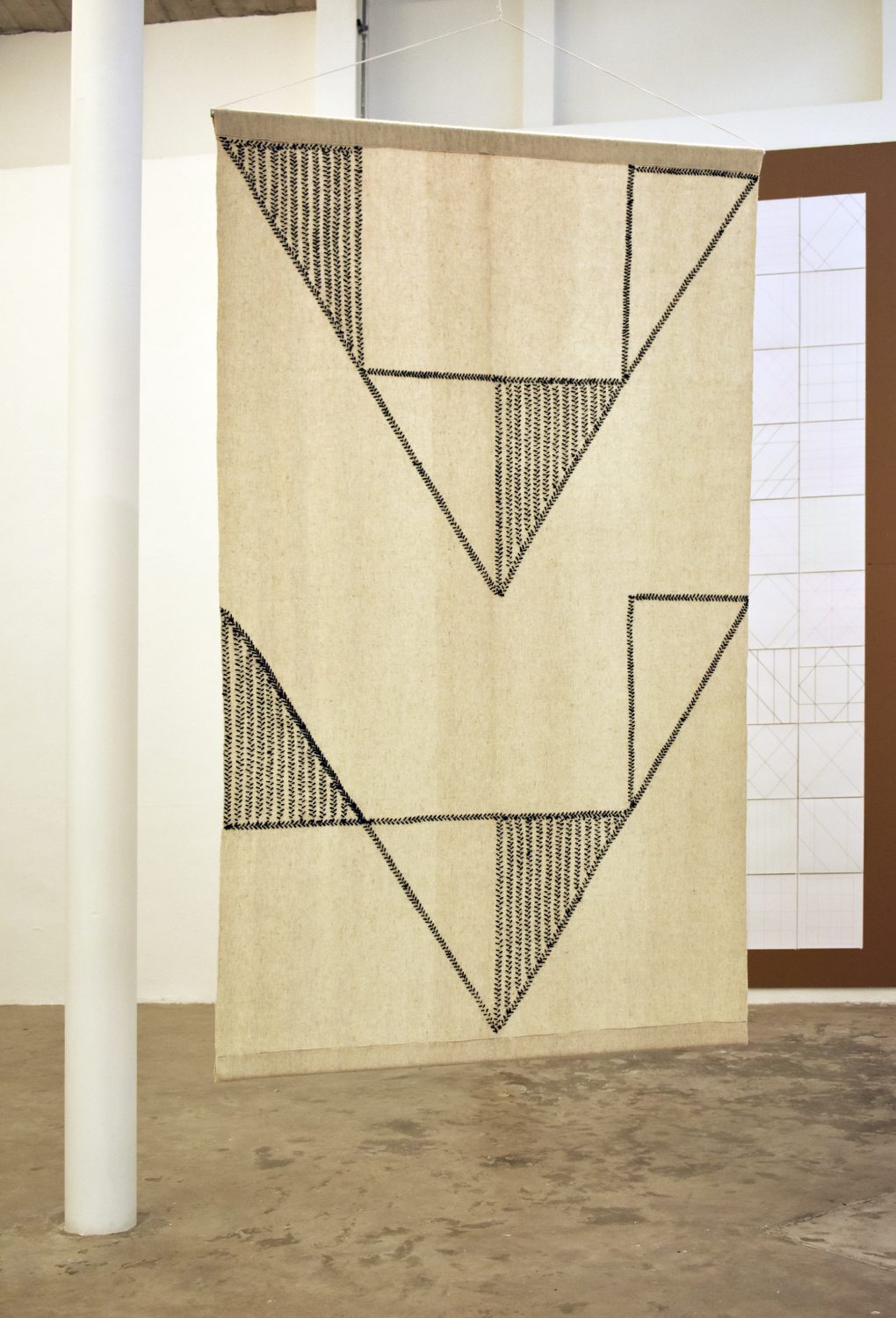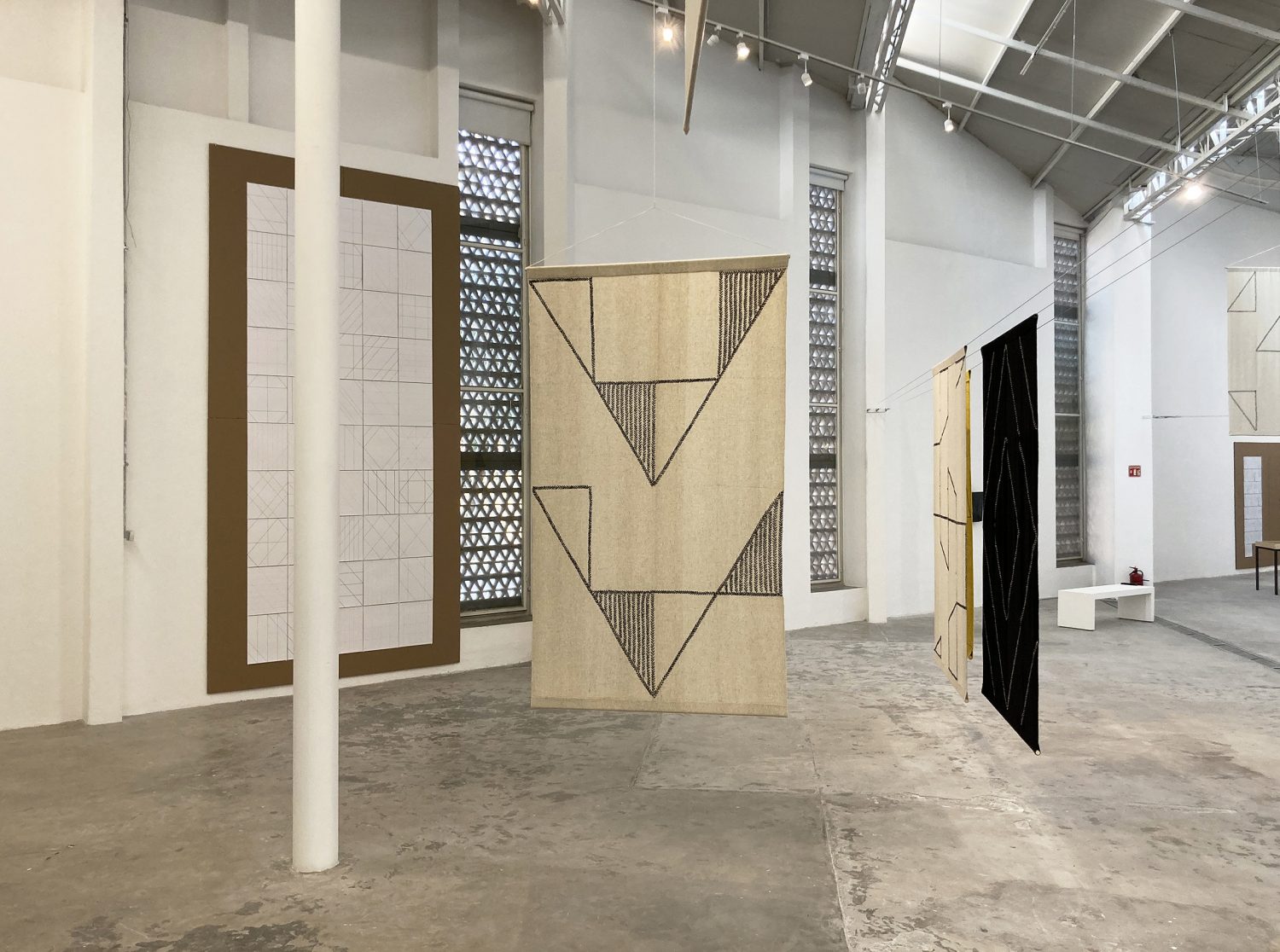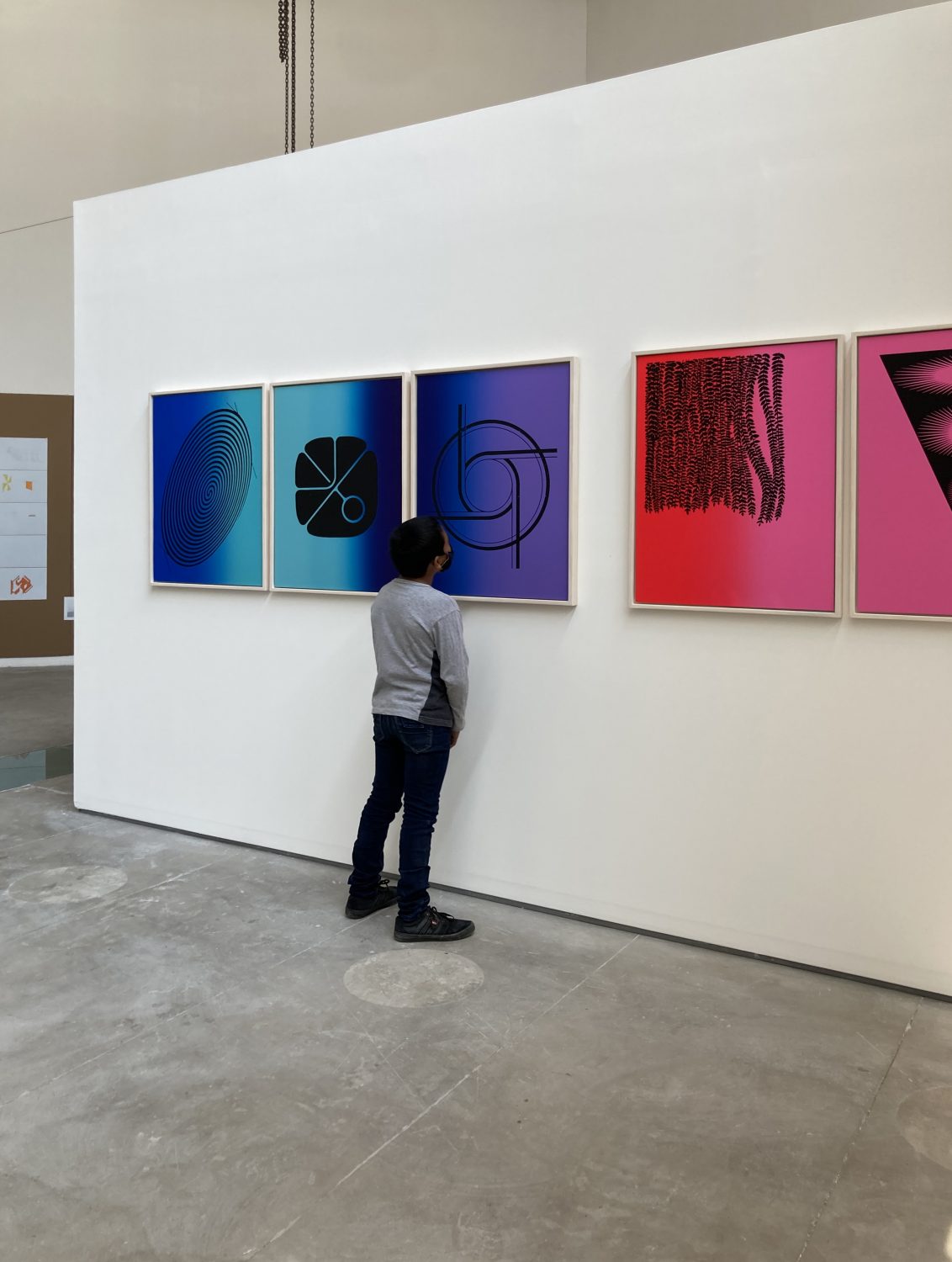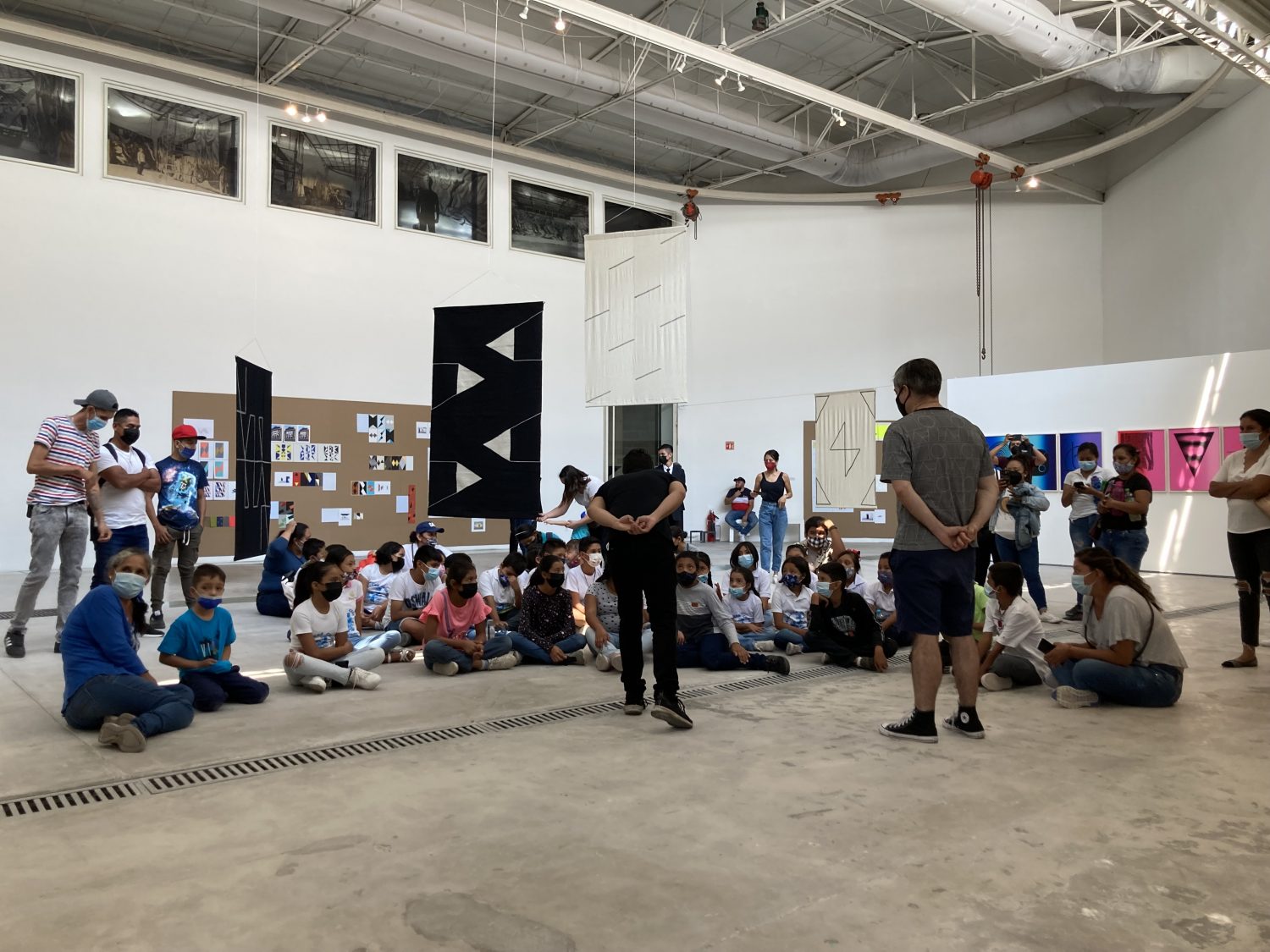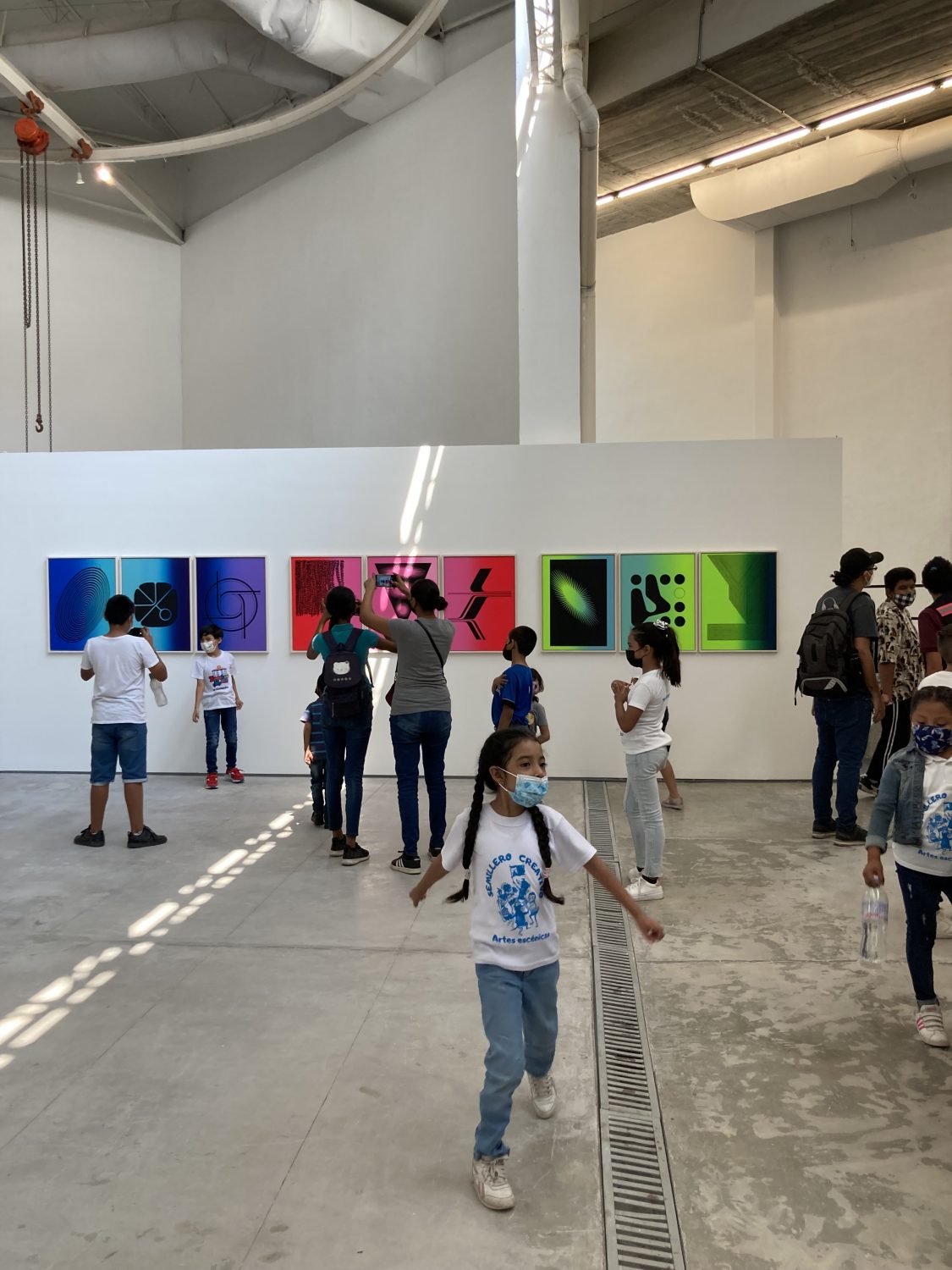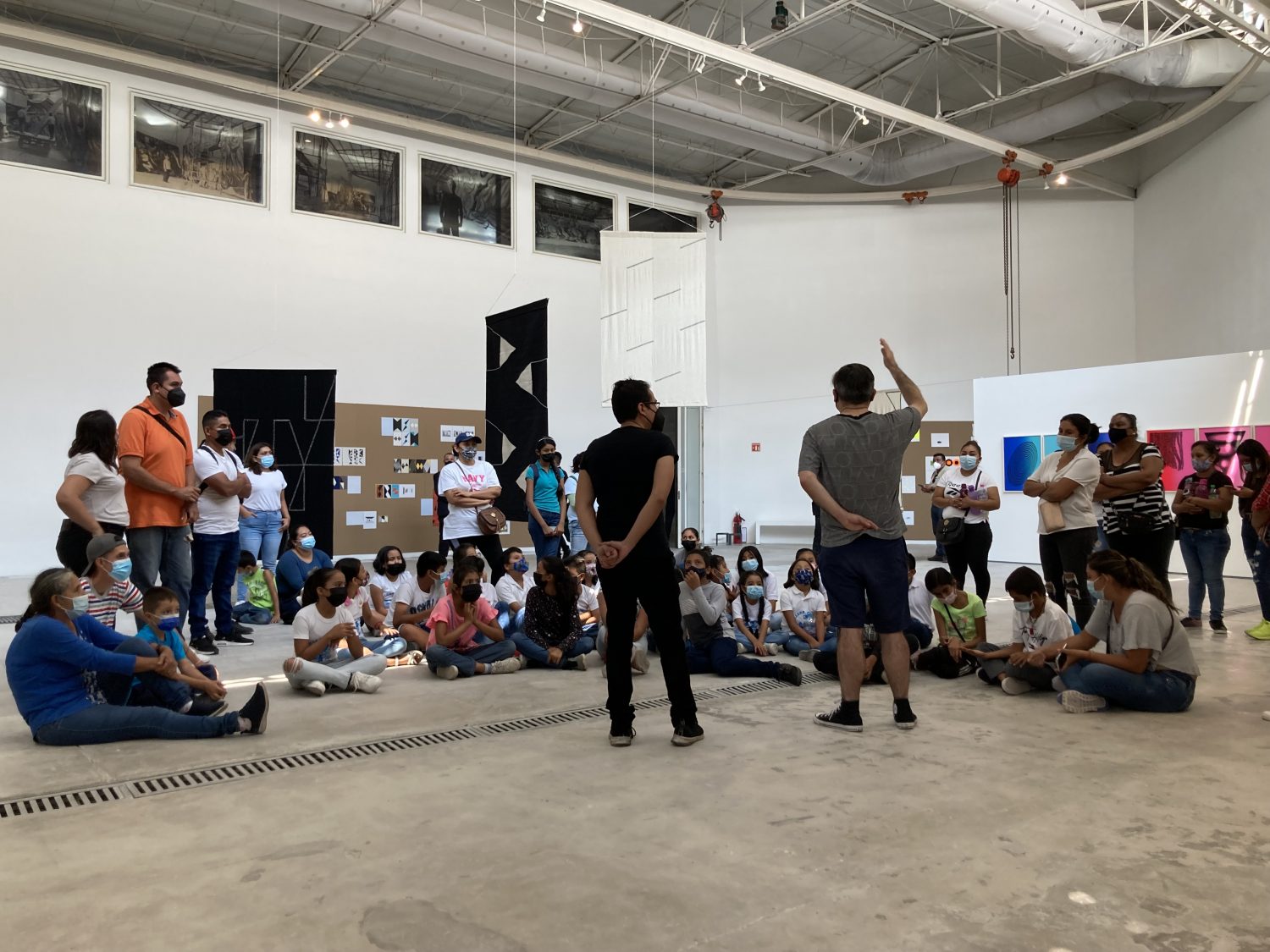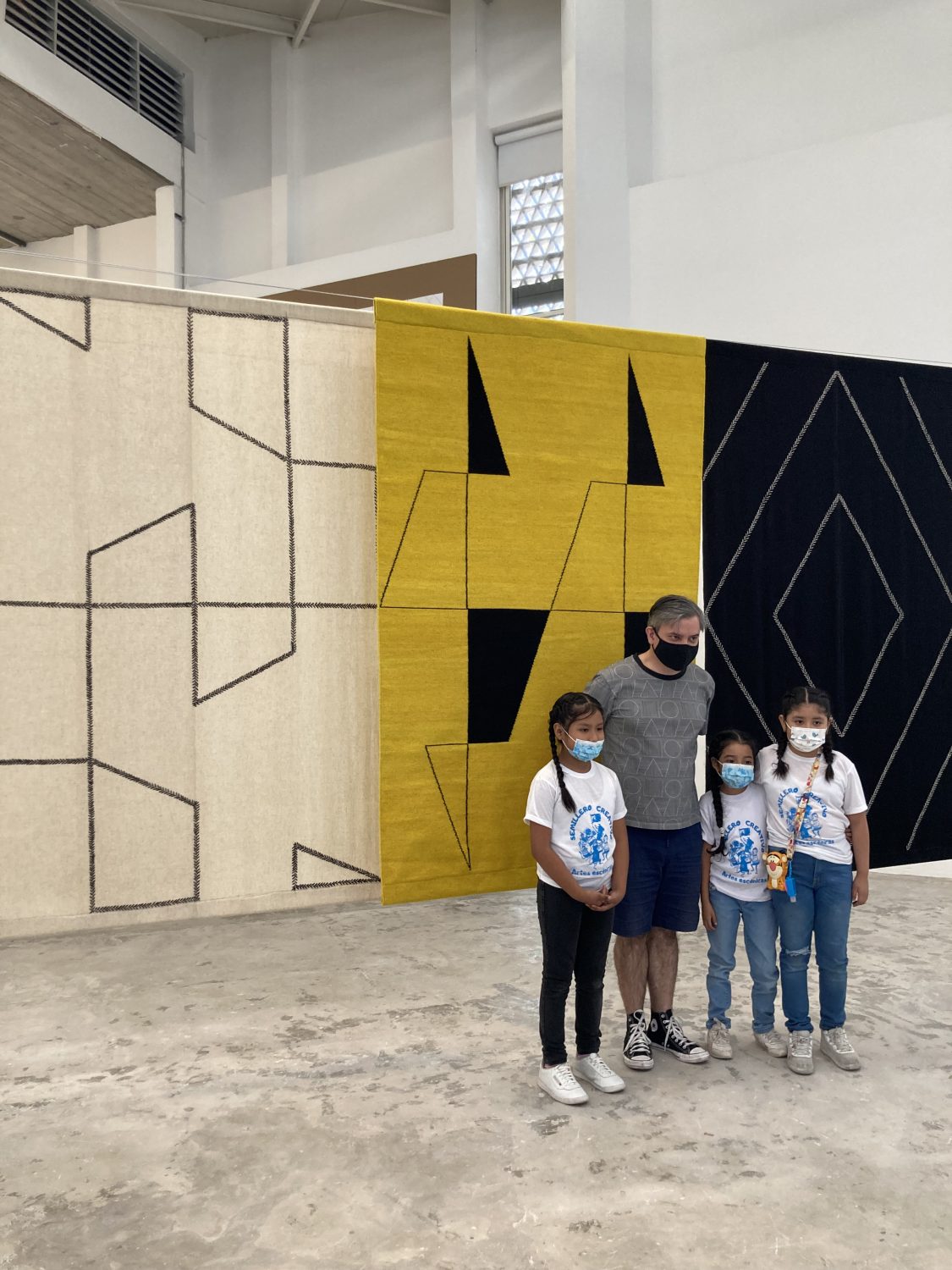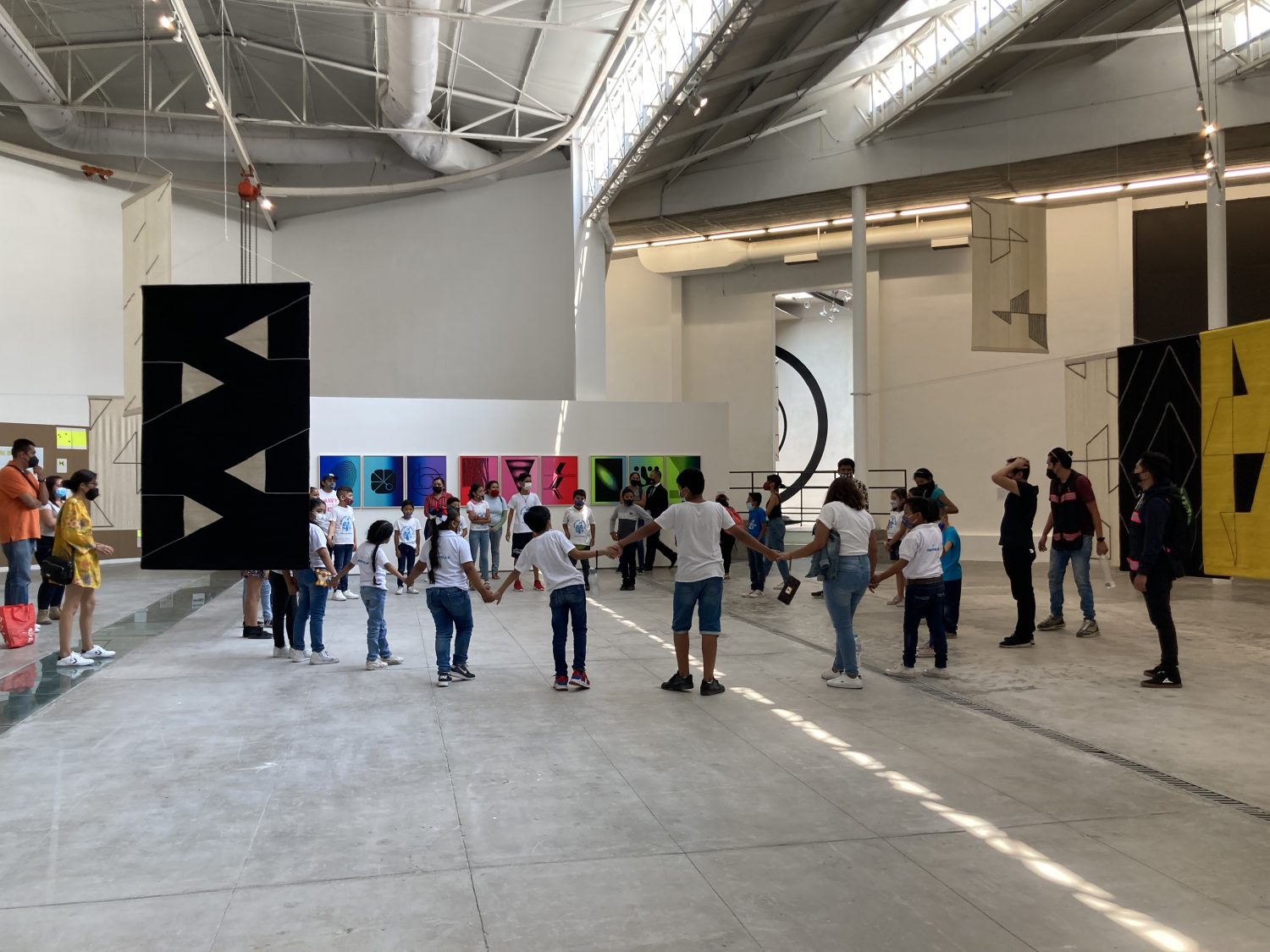2022 LA TALLERA
Installation views, and interaction with the public, Soltaré cien conejos y usted verá como le hace para juntarlos todos
Solo show, La Tallera / Sala de Arte Público Siqueiros, Cuernavaca
Curated by Willy Kautz
May 21 – September, 2022
////////////////////////////////////////////////////////////////////////////////////////////////////////////
////////////////////////////////////////////////////////////////////////////////////////////////////////////
Exhibition/wall text by Willy Kautz: Felipe Mujica (Santiago, Chile, 1974) was an artist in residence at La Tallera during August 2021, and his focus of attention during that stay was the Polyangular Room (Siqueiros, 1971-72). Much of his artistic work has focused on studying the various avant-garde aspects of geometric abstraction and their relationship to the political history of Latin America. During his stay at La Tallera, Mujica traced drawings in two gridded notebooks to create a sequence of geometric shapes, with the idea of finding textile techniques in Morelos to transcribe a selection of his studies on Polyangularity. For this purpose, the artist visited Hueyapan, a Nahuatl region of the state where the tradition of the Backstrap Loom is preserved. This anthological exhibition includes materials from research processes, as well as the series of 21 curtains that resulted from the transcription of his drawings. The artist calls curtains the works derived from textile processes, pieces whose scale and/or functionality are domestic.
The title of the exhibition comes from the Nahuatl tale The King and his Daughter. Mujica chose a phrase from this pre-Hispanic fable due to the encounter he had with the SOAME Tejedoras de Hueyapan cooperative. “Soame” means woman in Nahuatl. The weavers use terms in their original language to refer to both their techniques and the pieces that make up the loom. In a similar way to the processes of transmission and translation, the production of 21 curtains that make up this exhibition is born from cultural exchanges and transcriptions. In order to locate sociocultural, historical, and technical differences between textile traditions, these crafted processes were carried out by SOAME Tejedoras from Hueyapan and Tallerocho8 from Oaxaca, which uses the pedal loom, a colonial technique that arrived in Mexico in the 16th century.
The domestic scale of the curtains also revalues Western constructivist models, historically linked to industrialization processes with a view to large-scale public art, such as the experiments with industrial techniques that David Alfaro Siqueiros adopted within his revolutionary art program. In this sense, the transcription of Polyangularity studies through artisanal techniques and organic materials and dyes typical of each region implies the dislocation of the technical-Western rationality of constructivist geometric art towards other relations of symbolic production, sustainable and closely related to the natural cycles and the preservation of regional ecosystems. Finally, it is worth mentioning that the curtains are both contemplative works and museographic resources that organize space. Due to this double condition, the anthological exhibition will transmute until it becomes a collective exhibition.
The exhibition counts with the support of FONDART 2022, Ministerio de las Culturas, las Artes y el Patrimonio, Gobierno de Chile.
….
